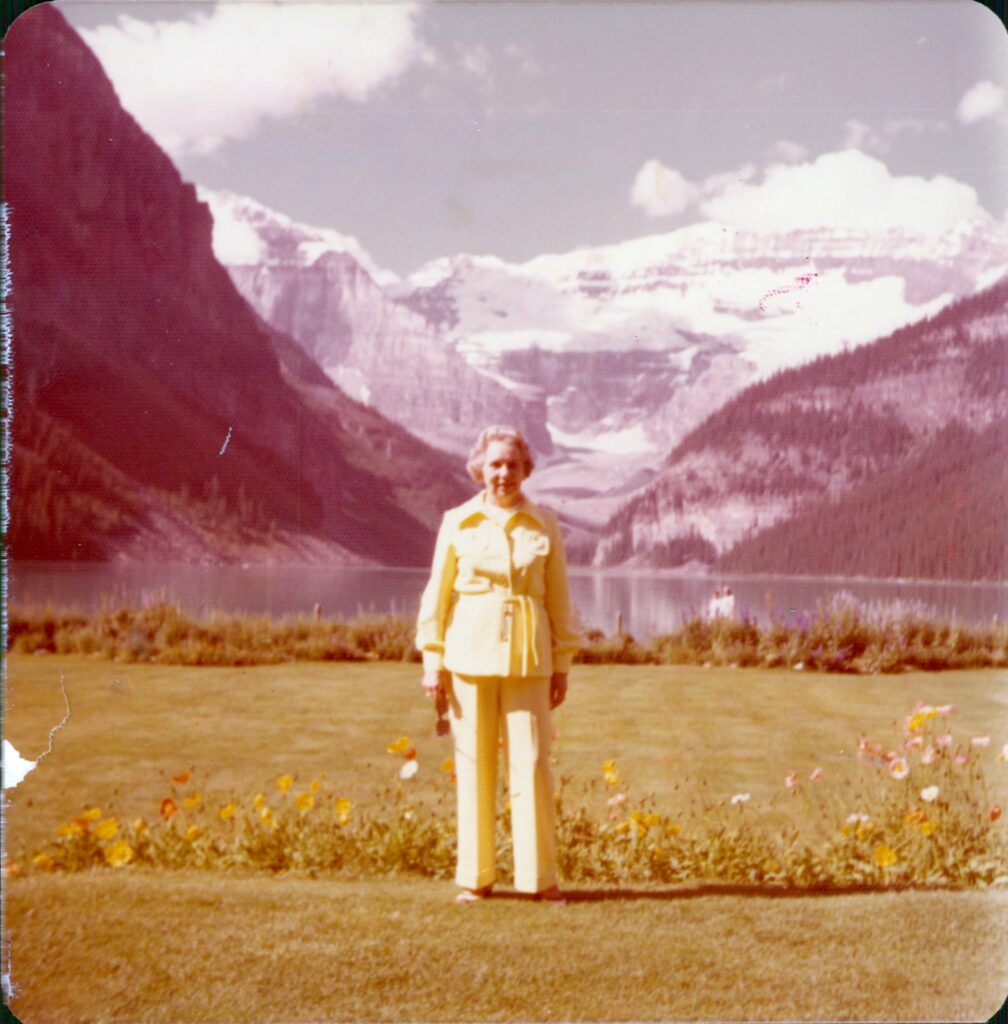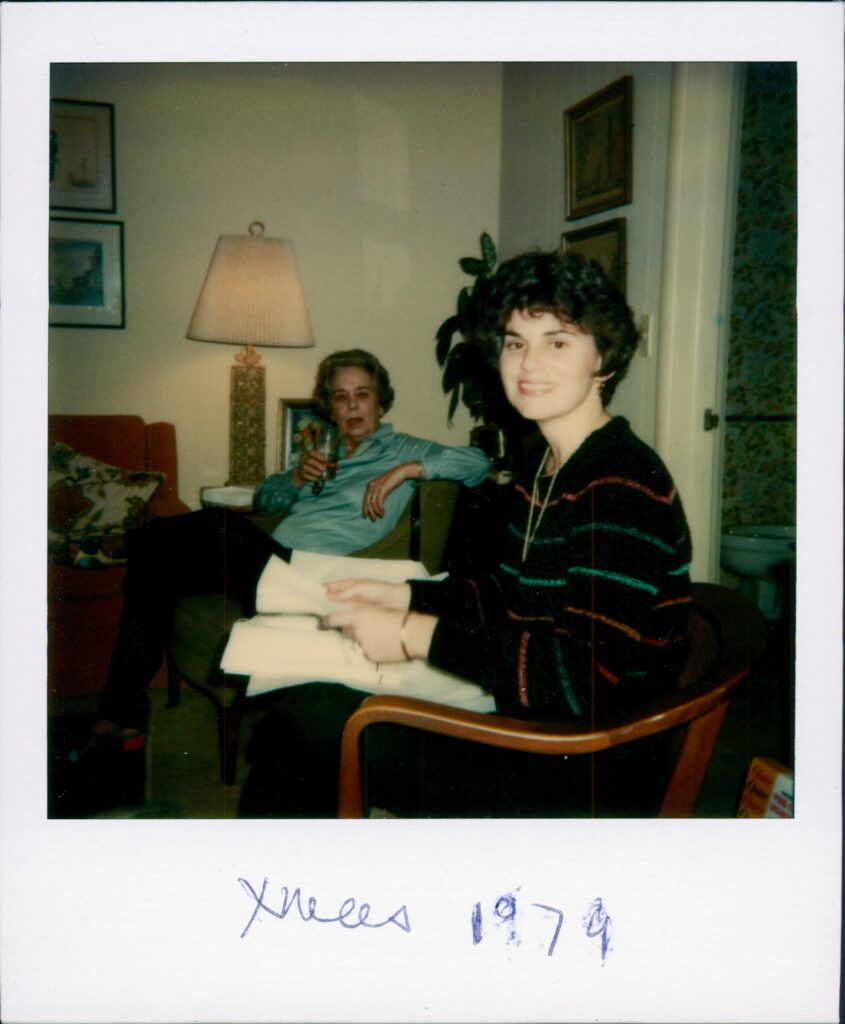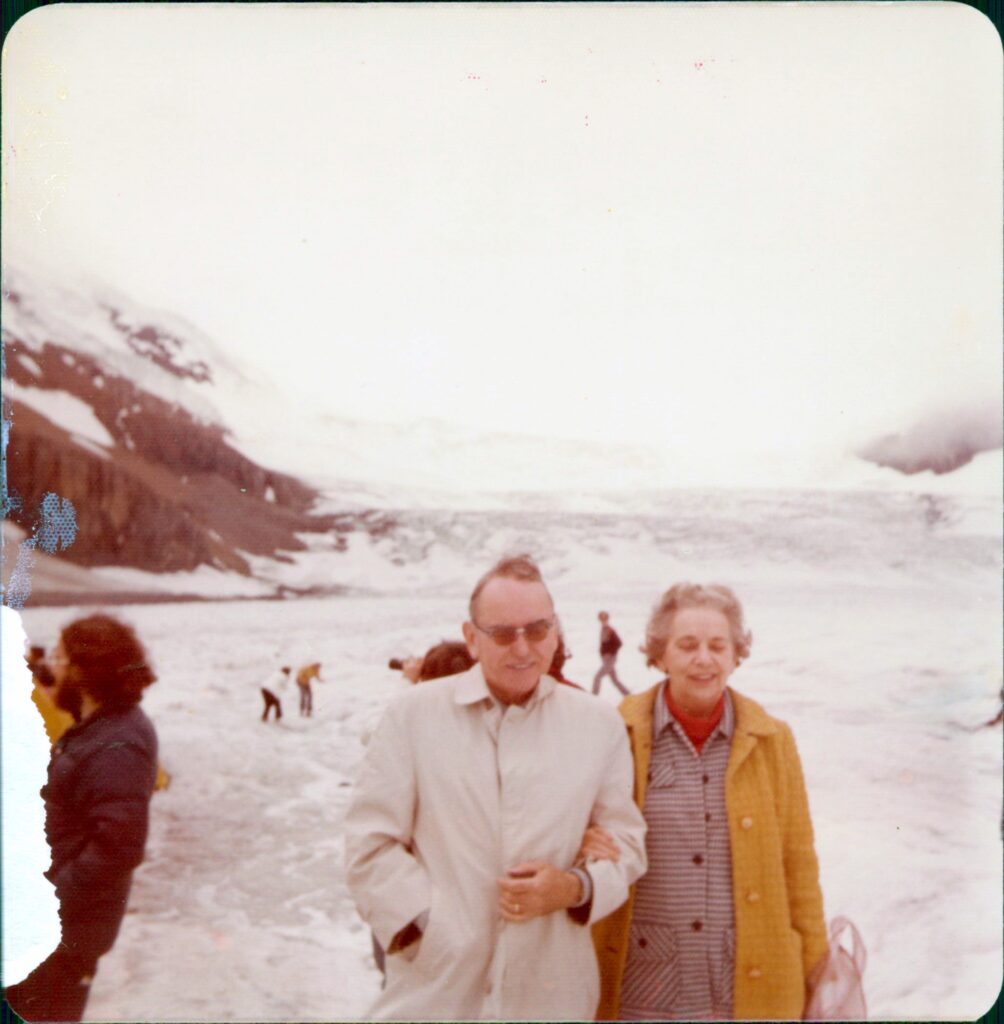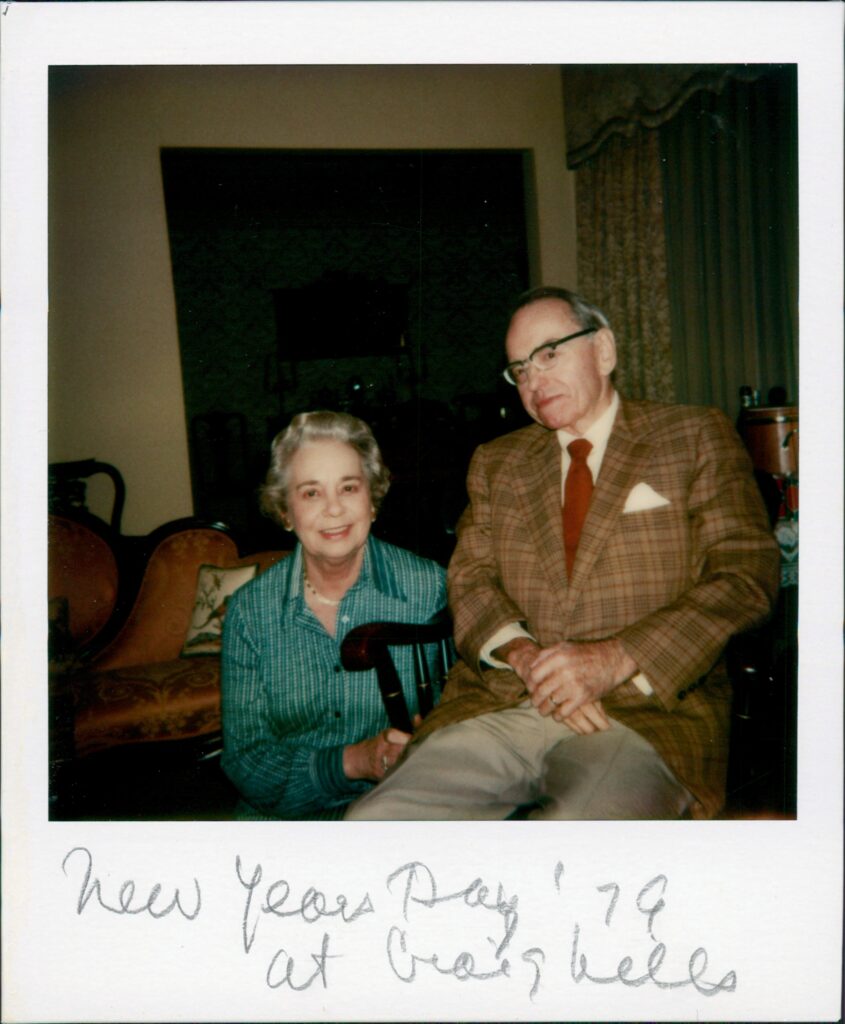Remembrances and Reminiscences
Robert Erister Ashcraft, was born on June 20, 1905 in Florence, Alabama of Marie Urquehart Weeden and Erister Ashcraft. As is true regarding anyone’s life, it’s best told by starting with his parents Marie and Erister and their short but impactful lives.
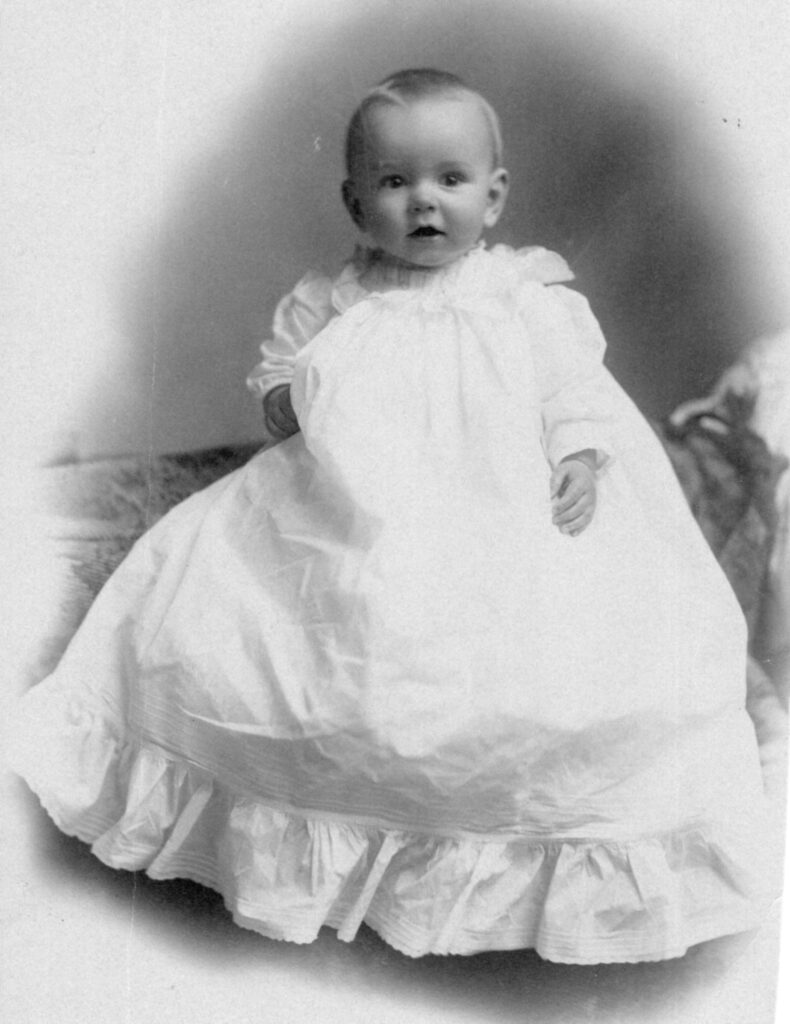
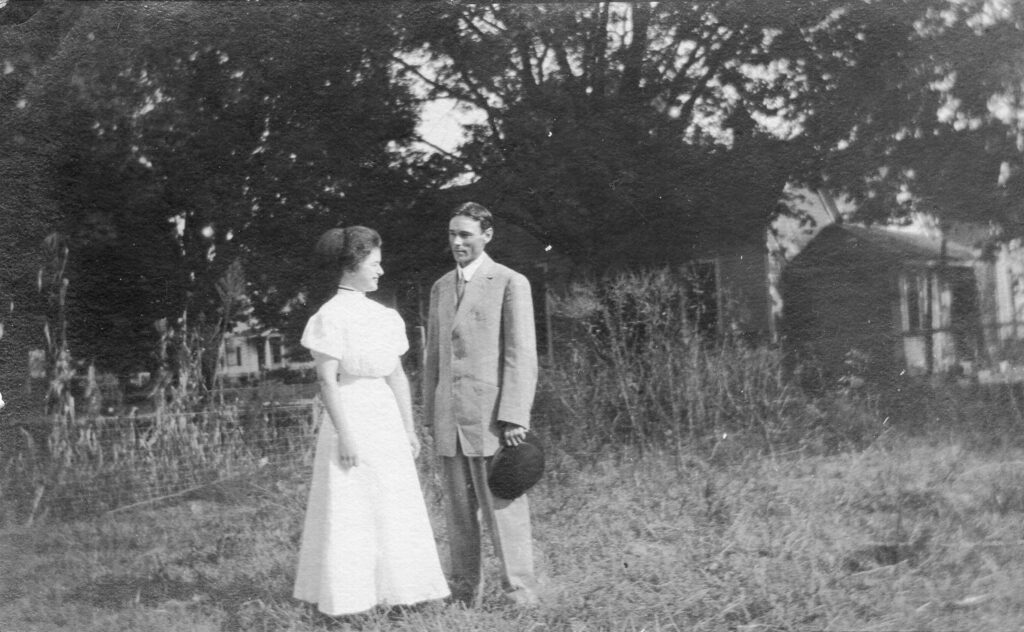
Mother : Marie Weeden
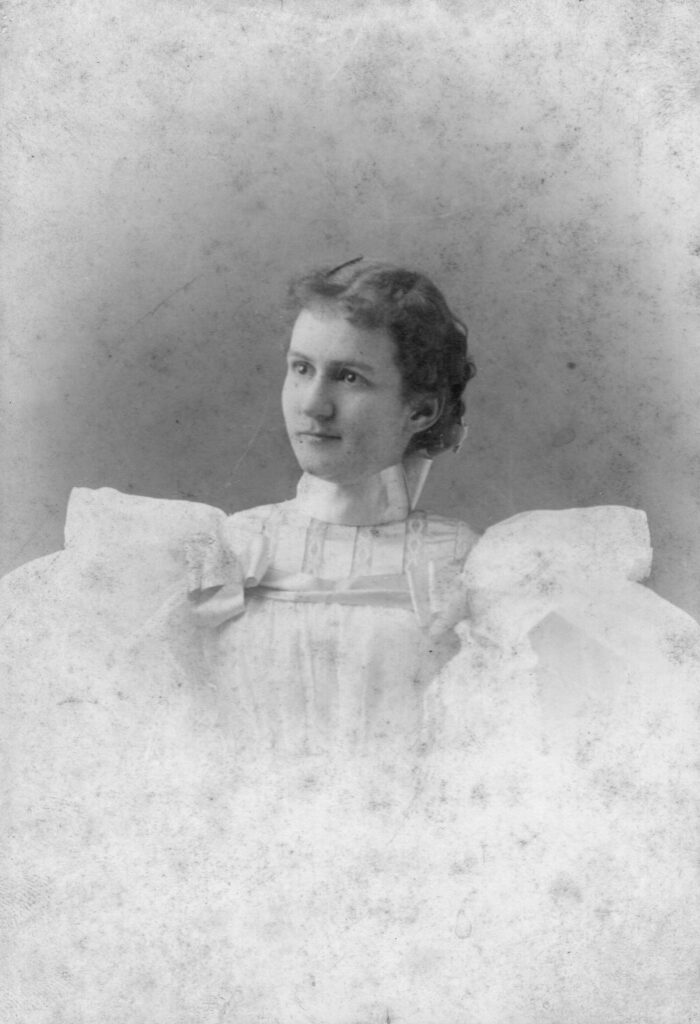
Marie’s father was Col. John David Weeden ( 1840 -1908) , founder of the Law School at the University of Alabama and brother of (Maria) Howard Weeden ( 1846-1905 ) a noted female artist and poet, best known for her determination of “expressing the full humanity and dignity” of former slaves thru painting portraits while listening to and then conveying their stories thru poems. She also worked alongside Joel Chandler Harris, best known for his Uncle Remus books.
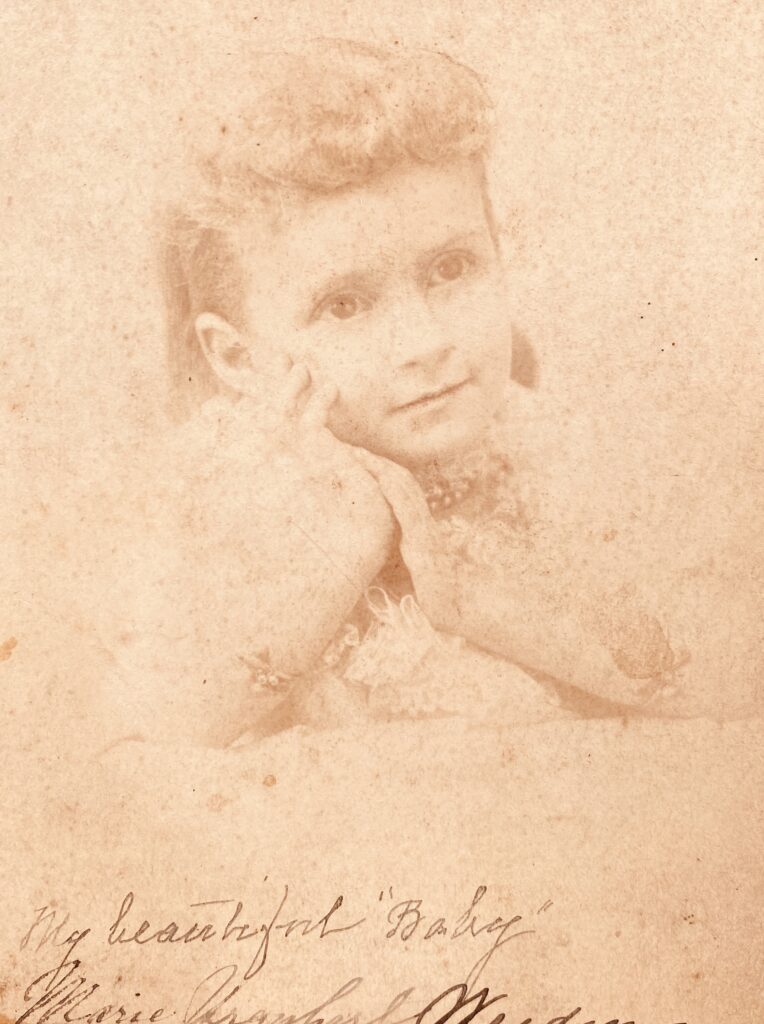
Marie’s mother was Martha Hayes Patton ( 1842-1933 ) the daughter of Gov. Robert M Patton ( 1809-1885), the first Governor of Alabama after the Civil War and Jane Locke Brahan ( 1814-1902) .
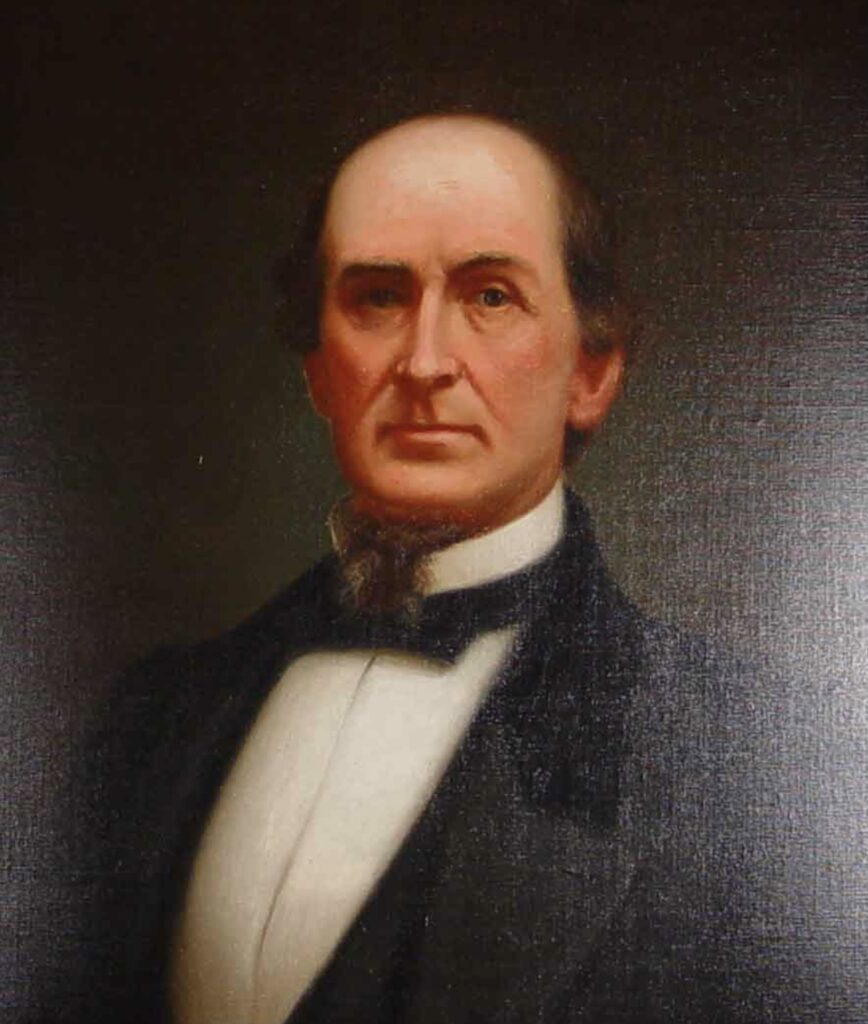
Of note, Jane Locke Brahan was the daughter of John Brahan ( 1774-1834 ) and Mary Weakley ( 1792-1837) . John Brahan was General under Andrew Jackson in the Battle of New Orleans , the War of 1812. He later built Sweetwater Plantation.
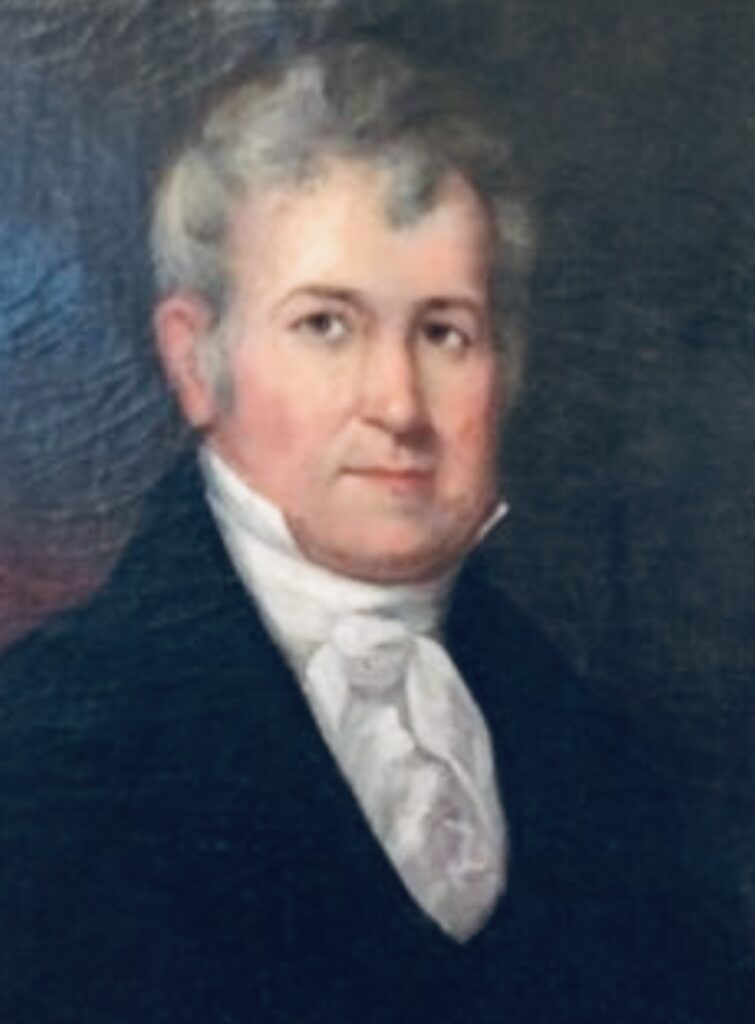
Mary Weakley Brahan was the daughter of Col. Robert Weakley ( 1764-1845 ) of Halifax Virginia a member of the North Carolina convention that ratified the Constitution of the United States in 1789 and in 1796 he was elected to the first Tennessee House of Representatives
On her mother’s side she was the granddaughter of Matthew Locke of Ireland (1730-1801) a General in the American Revolutionary War under George Washington and one of the signees of the Mecklenberg Declaration of Independence, the forerunner of the Declaration of Independence.
Robert had no recollection of his mother, as she died of pneumonia contracted in a local hospital where she had gone for a minor operation when he was just two. He was fortunate, however, to learn much about her from pictures, letters, and stories about her from uncles and aunts and particularly from her mother, “Dear Mamma”.
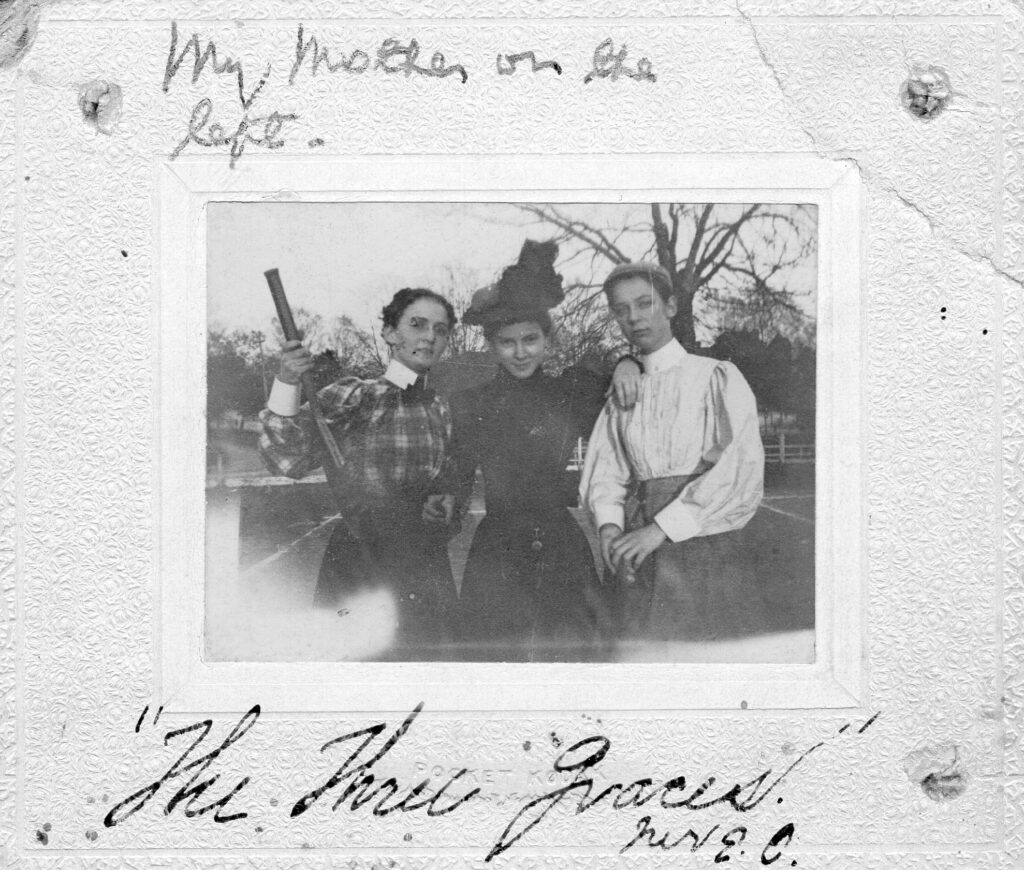
“Normal Schools” were common throughout the USA starting in the 1860’s thru the 1930’s schools set up to train high school graduates who were interested in the teaching profession.
Photo taken by Emmett Craig April 5th 1897
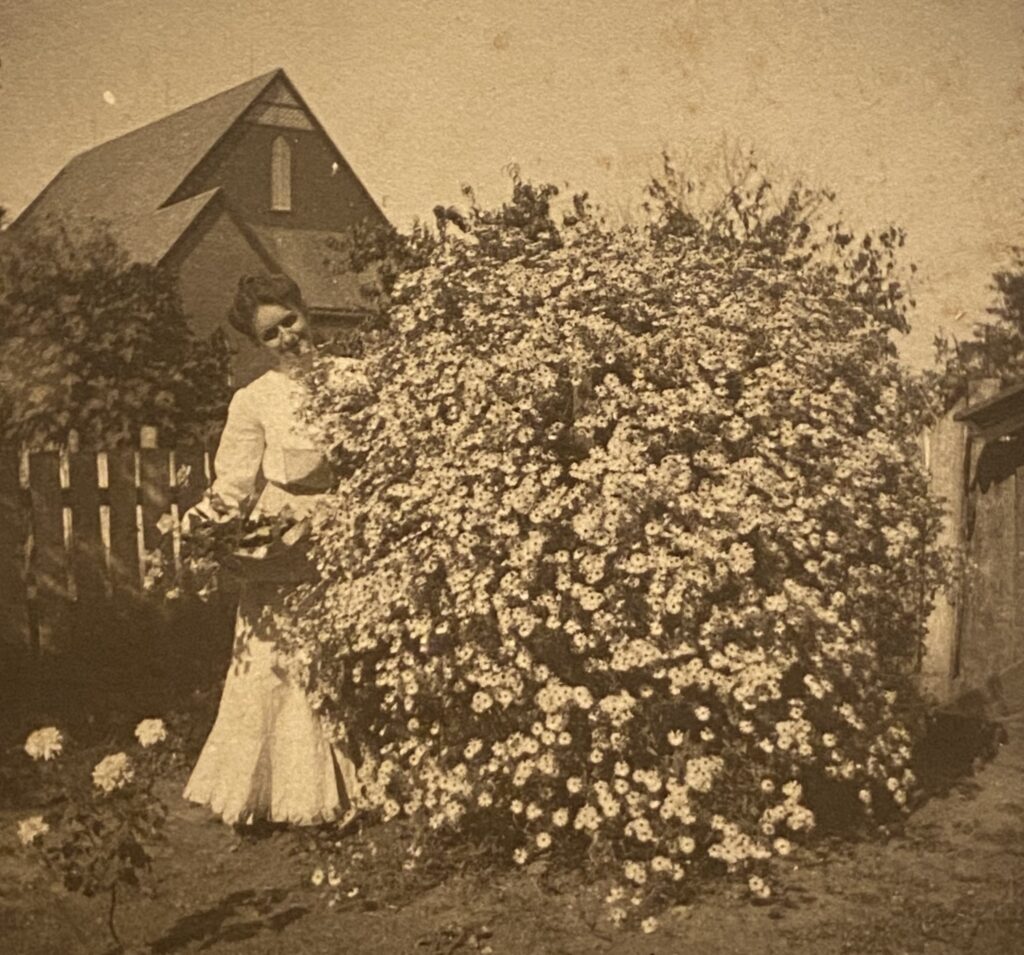
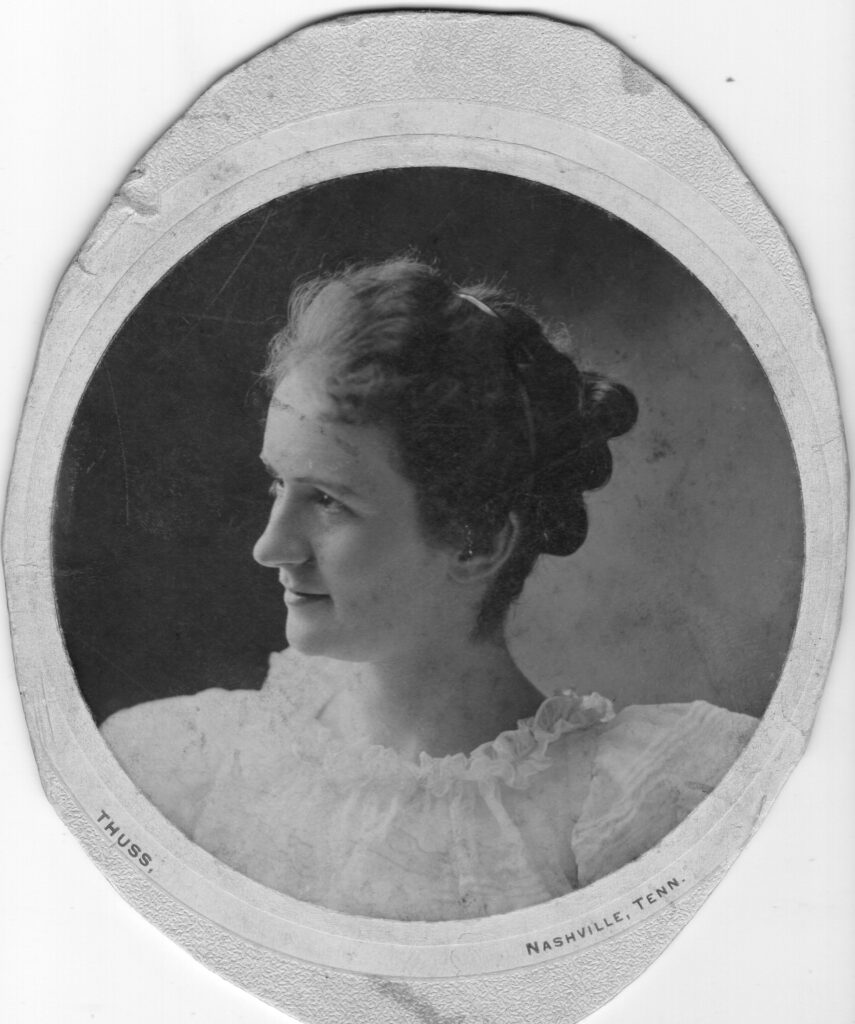
Father: Erister Ashcraft

Erister’s parents were Eleanor Wiley ( 1839-1912) and Andrew Jackson Ashcraft ( 1829-1902), who fought at Appomatox with General Lee. After surviving several battles including the fatal charge with the Alabama Brigade and surrendering with Lee at Appomatox, he walked home to Florence.
Erister was one of 5 brothers – John , Cyrus, Lee, Erister and Fletcher . Each became active in the business, social and religious life of the community and became builders of key industries in Florence.
In early September 1889, Cy (aka C.W.) and John founded the Florence School Furniture Company with Major E.B. Comly. Mr. Comly in the position of President, Cy as Secretary & Treasurer and John as General Manager. Located in Florence on Etna Street next to the Gibson-Hilliard plant, Florence School Furniture Company manufactured a complete line of furniture from poplar, gum, walnut, oak and cherry trees.
John had been educated at the Mechanical & Agricultural College of Alabama as a graduate in the class of 1880. With an aptitude in math he followed graduation with a professor of mathematics and Latin in the High school in Brundige Alabama and later elected Principal , He followed that as professor of mathematics at the College at Savoy Texas and then purchased the Institute at Bells Texas.
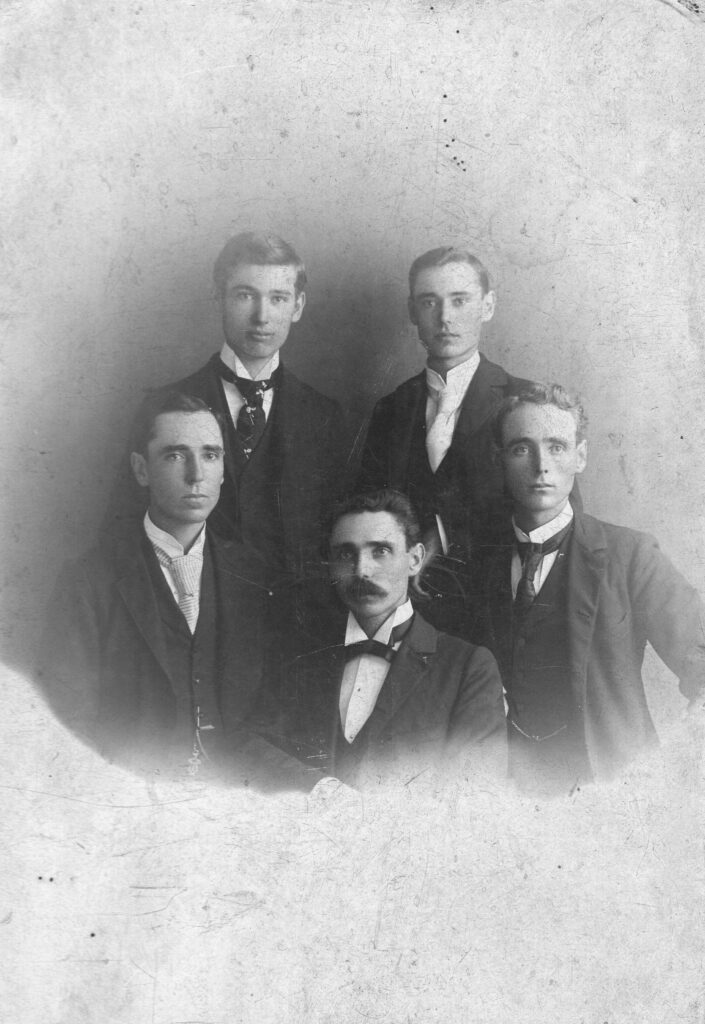
Bottom Left-Cyrus, Bottom Center-John, Bottom Right-Lee. Florence, AL 1895
The super phosphate made in their fertilizer plant came from acid made in their mines in Mount Pleasant, TN. With hard work and tight control, these brothers built up a profitable business, some of which they later sold off to I.M. and C. and to Southern Cotton Oil Company. On liquidation of some of the operations, important sums were paid off to Cyrus, John, and Lee – the brothers still active.
Robert’s great grandparents, Martha and Robert Patton lived for many years in a country place near Florence named “Sweetwater”. ( built by Robert Patton’s father in law General John Brahan). Robert’s grandmother Martha Patton Weeden or “Dear Mamma” to Robert, was born several years before the start of the Civil War at this 8 room brick home overlooking the Sweetwater Creek. Note: Sweetwater was spared the torch because the Yankees took it over as their headquarters during most of the invasion.
The summers spent with Grandmother and cousin, Elizabeth Weeden, were pleasant memories of his childhood. Uncle John Weeden came out from his office in Florence to spend the nights with them, and they always welcomed his visits.

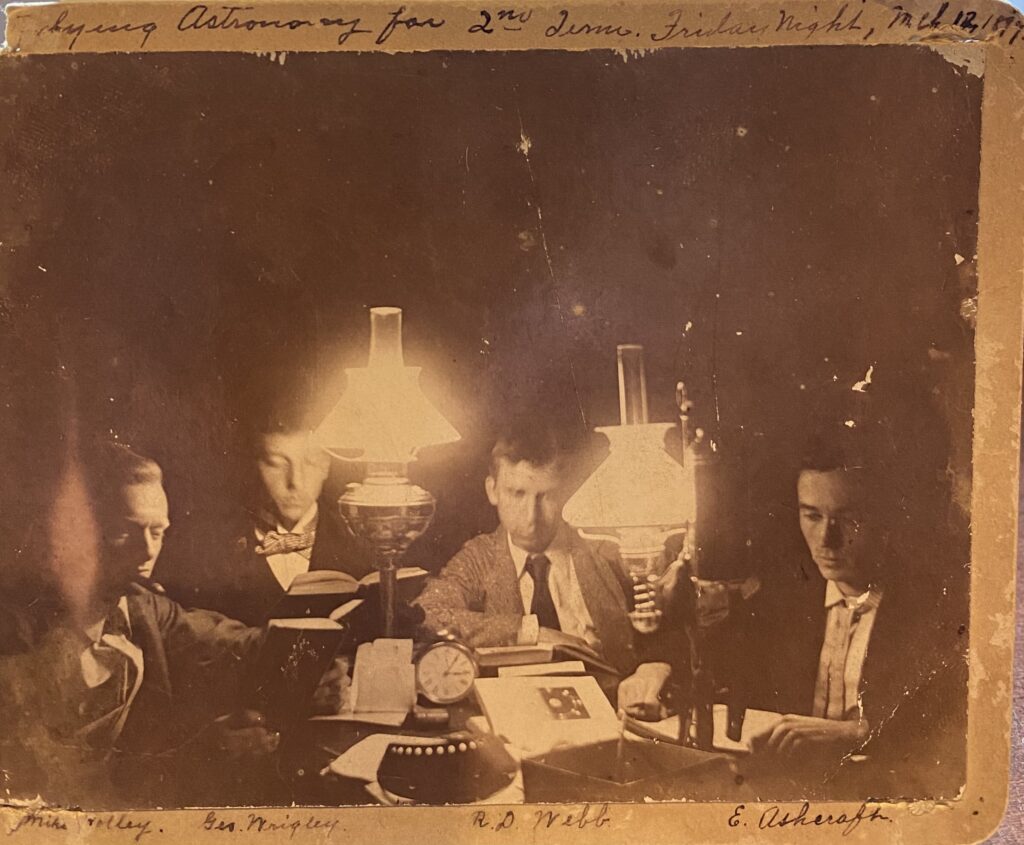
Robert’s father, Erister, had been an honor student at Alabama Polytechnical Institute, now called Auburn University. He earned his degree in less than three years at a cost to the family of less than five hundred dollars while being a captain of the Cadet Corps and an officer in the Sigma Alpha Epsilon fraternity. Soon after finishing college, he joined his brothers in Florence and with their help, added the cotton seed oil mill to the other businesses of Ashcraft Brothers.
Erister Ashcraft was a rising star and active on a national legislative level to promote the Cotton commerce on a world wide scale. His knowledge of the Cotton trade coupled with his good looks and knack for public speaking propelled him to national awareness regarding the need to take Cotton from a regional product to one that was exported worldwide. In President Teddy Roosevelt he gained an ally and the entire commerce of the Southeast US gained but especially the Southern Cotton Industry.
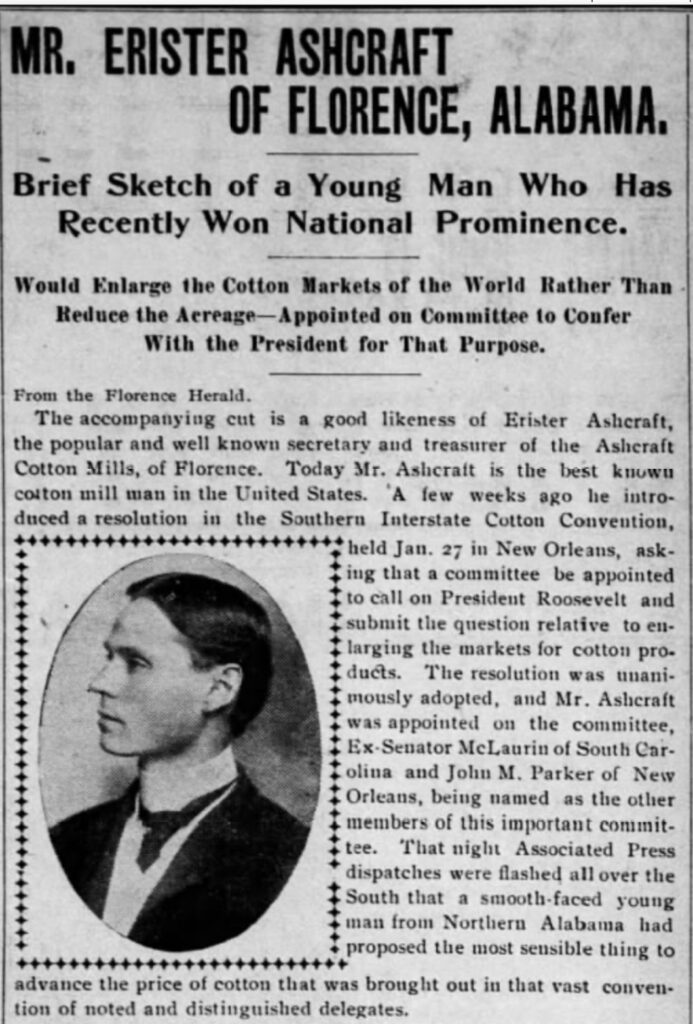
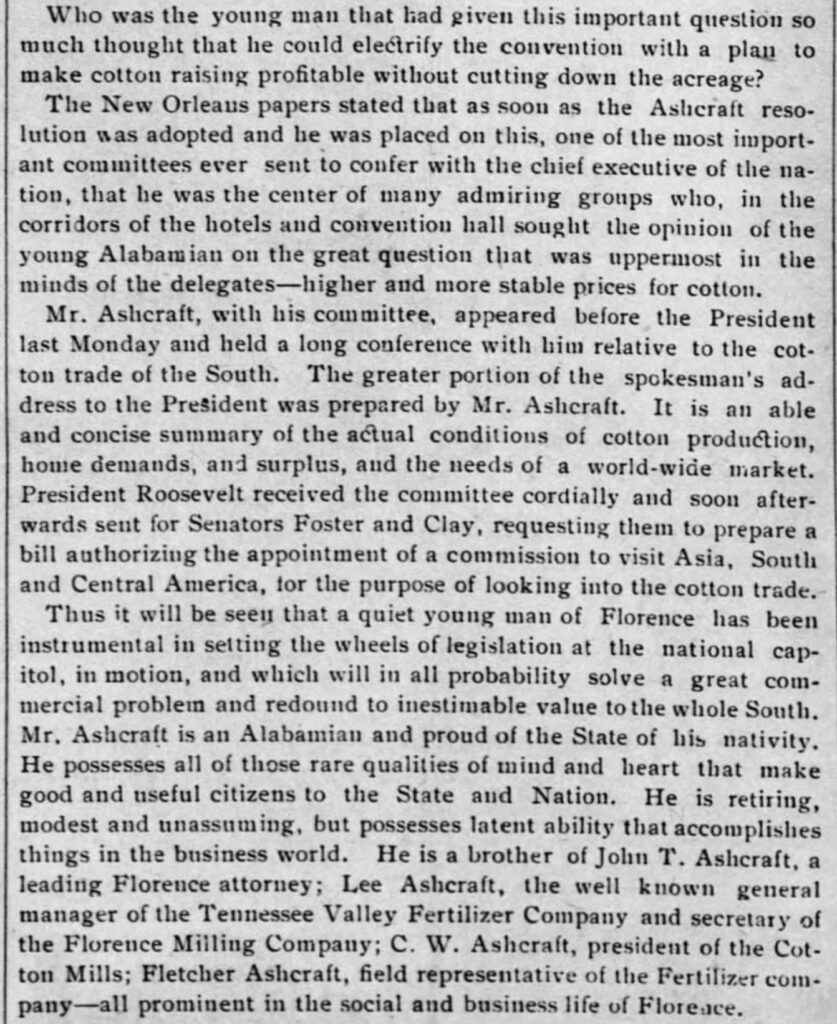
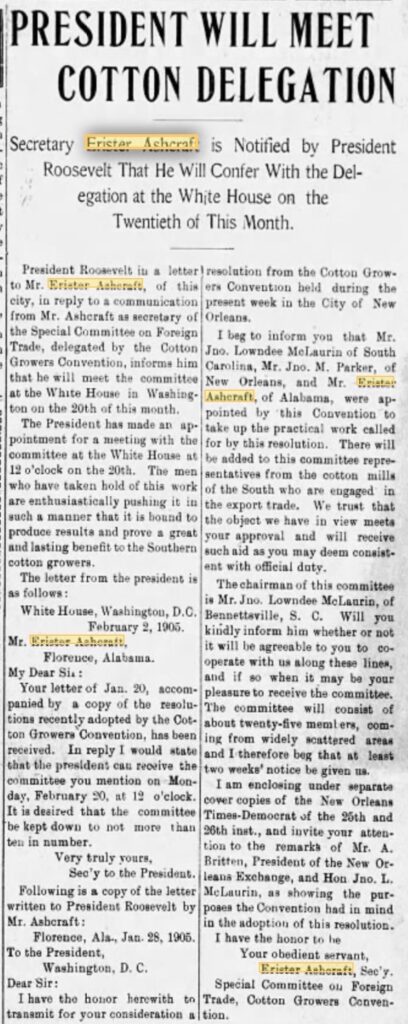
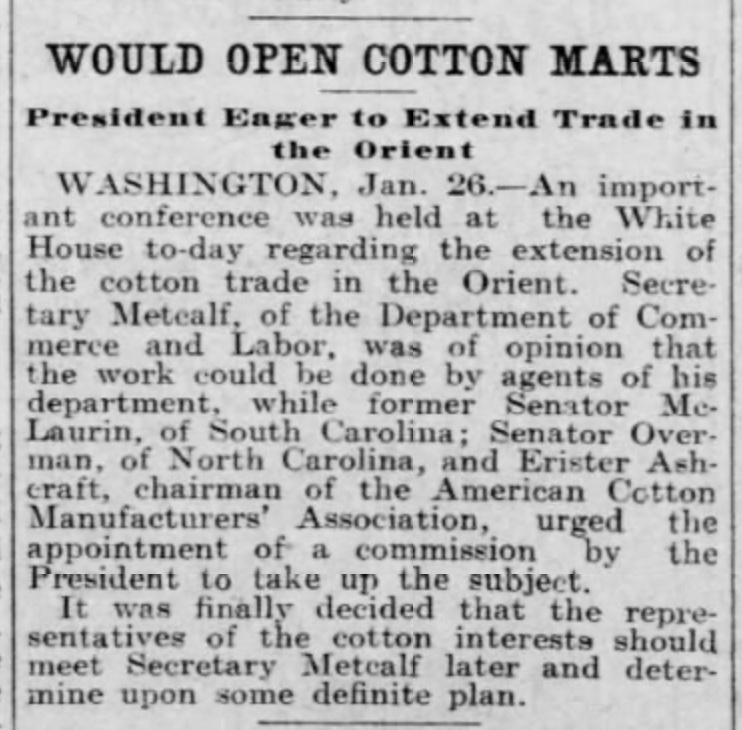
Dear Momma:
Robert’s Words: “I remember “Dear Mamma” as a strong willed grandmother who hated those Yankees who killed her brothers, wounded her husband and almost wrecked their lives and security.She did however admire one Yankee, General George B. McClellan.
Note: It’s probable that her admiration was because he was a largely ineffective General who never trusted President Lincoln and was ineffective at taking advantage of factors to gain an advantage over Confederate General Lee near the end of the Battle of Antietam when Union victory was within grasp. Anyway, she was a great person who loved my mother, her “baby”, her “little angel”, and my “guardian angel” after her death.”
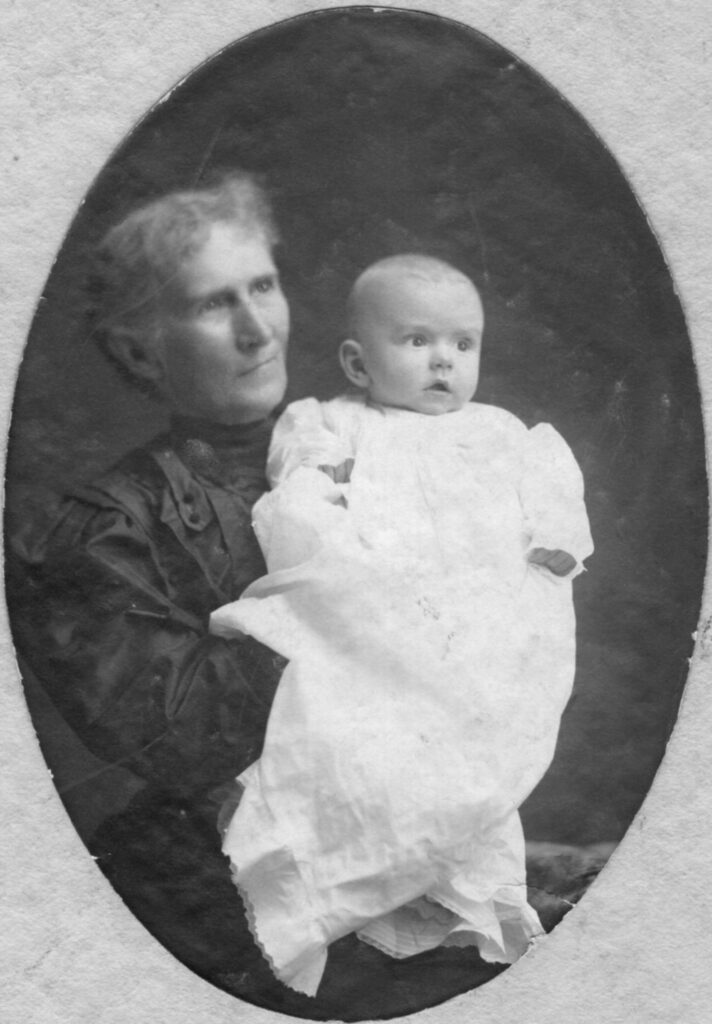
“My Mother and Grandmother lived at a time prior to the Telephone. Fortunately they lived a few blocks apart in Florence and exchanged many notes, mostly about me, or so it seemed. “Dear Mamma” never quite go over my mother’s untimely death at age twenty-eight.”
My Father became ill only 2 years after my mother’s passing. He fretted about leaving an only child without parents and though my grandmother wanted to take custody , my father felt in in my best interest to be raised by one of my brothers . This was difficult news for Dear Momma, who wanted badly to raise me. My father knew this would disappoint Dear Momma ; it’s felt in the tone of this letter from my father to Dear Momma (his mother in law)
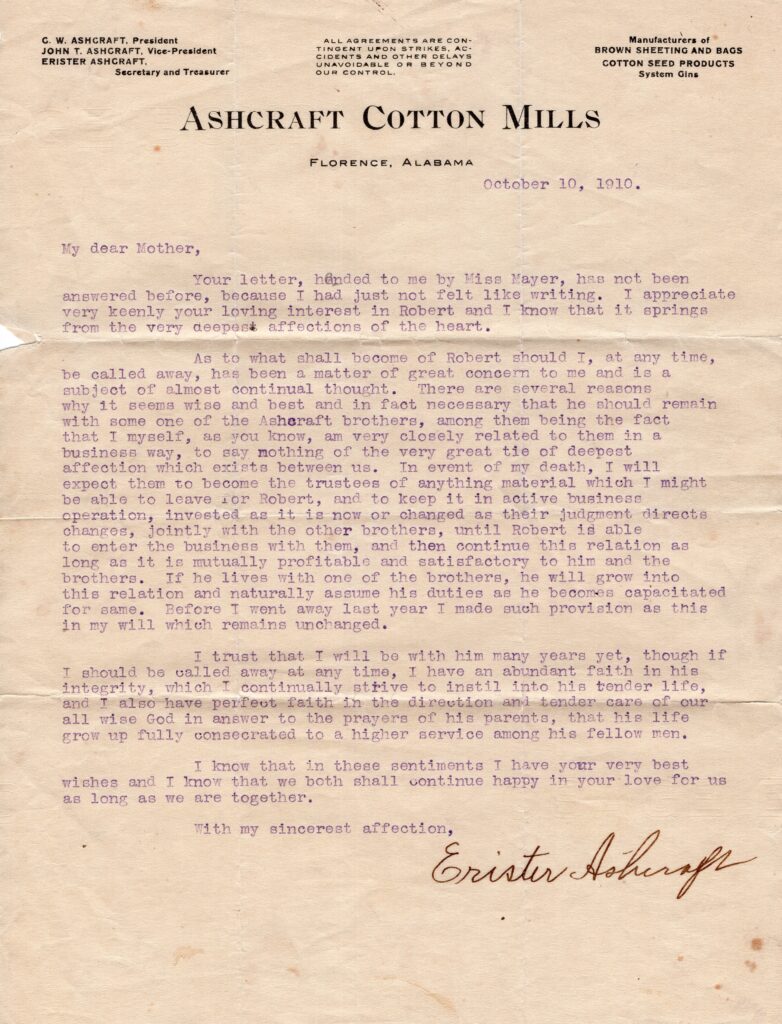
“My father died of cancer at age 37. I learned of his death by accident at age five when an older cousin came crying about Uncle Erister. I found out that it was my father that had died and that her tears were for him. I remember my father for his good lucks and the few gay times we had together before his long illness.”
I remember a game played where I would play “runaway” on my tricycle that I kept handy near our front steps until one day my father tired of the game and slammed the door on my departure.My false screams caused him to relent and let me back in
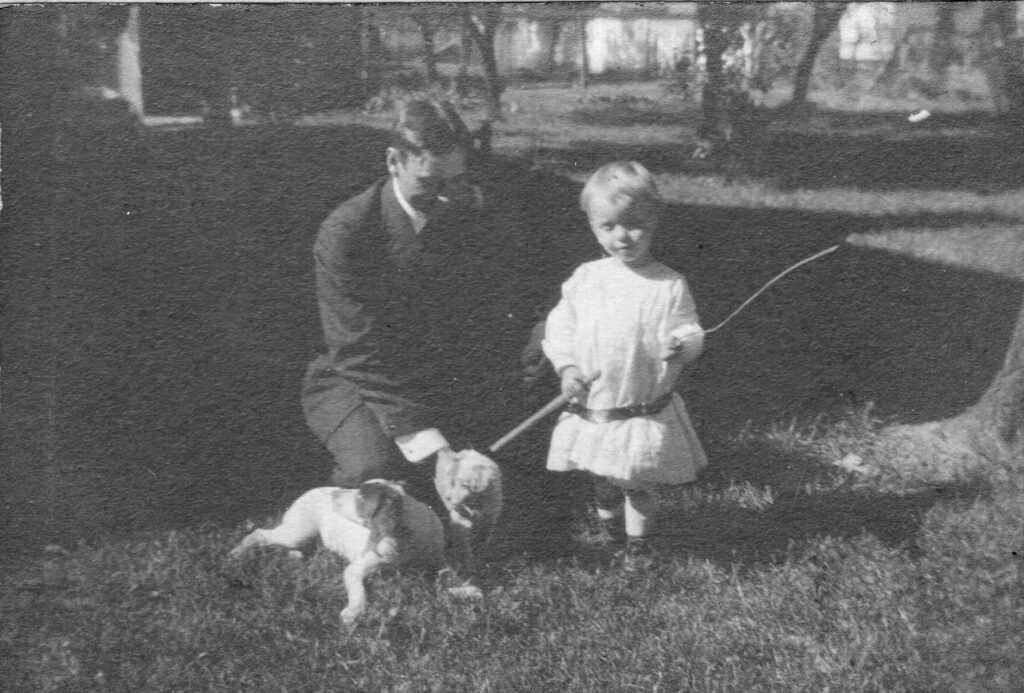
I remember how he worked with me to strengthen my right side, nerve-damaged by a birth injury, which the doctors said would never get better. But long hours of therapy brought improvement.
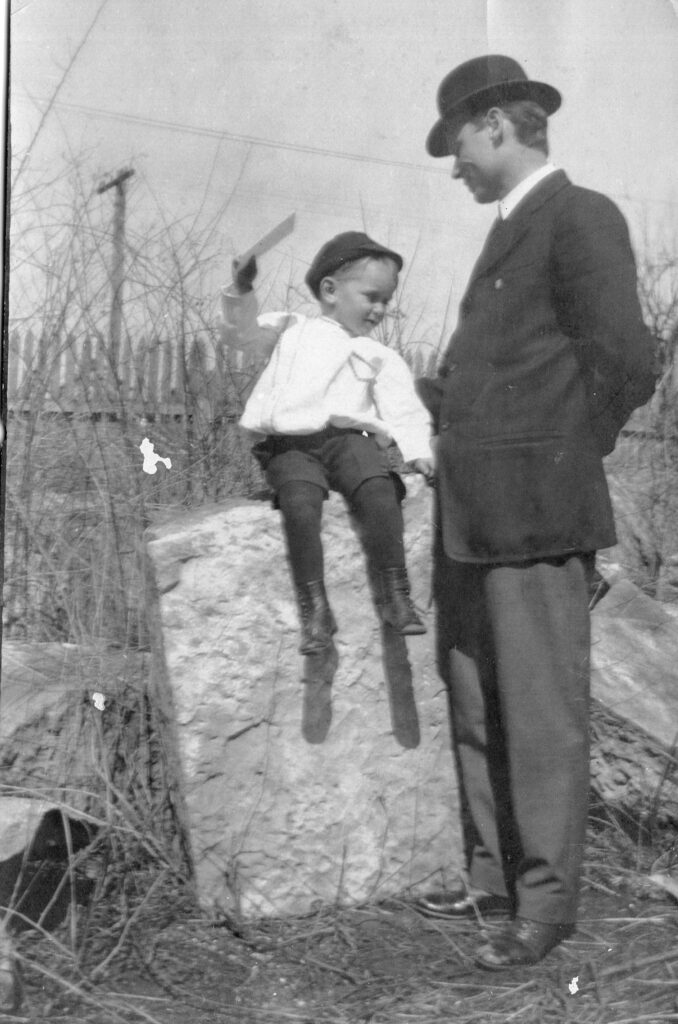
“I remember my new glasses that I got at age three which let me see the picture of the turkey on the wall for the first time. And there was the memory of the first paying job my father gave me, killing flies in his office at five cents a day.”
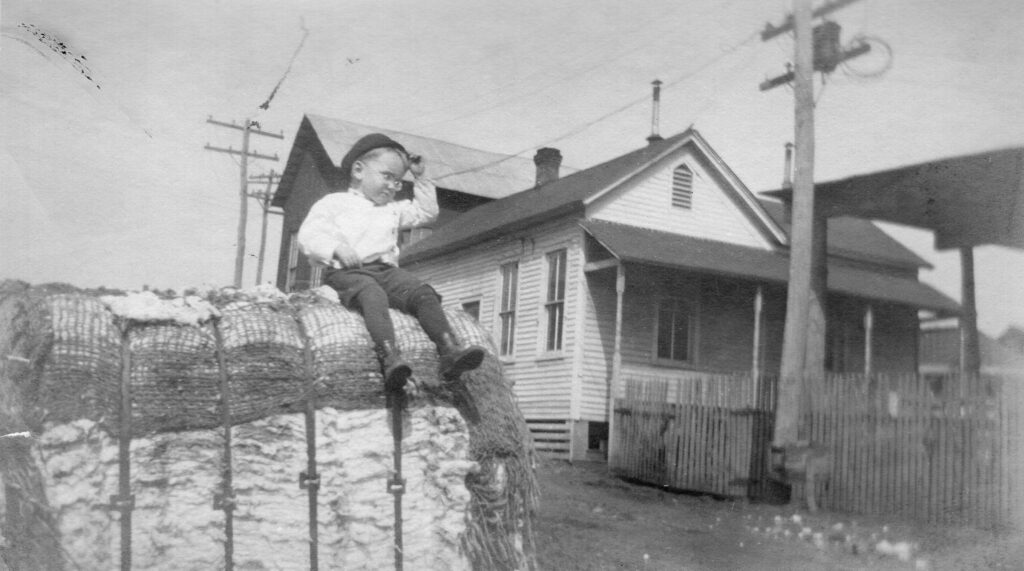
“We always had pets: dogs, cats, and a billy goat that was banished to our farm for eating the daffodil blooms. My father and I moved to a tiny house on Wood Avenue with Grandmother Ashcraft after my mother’s death.”
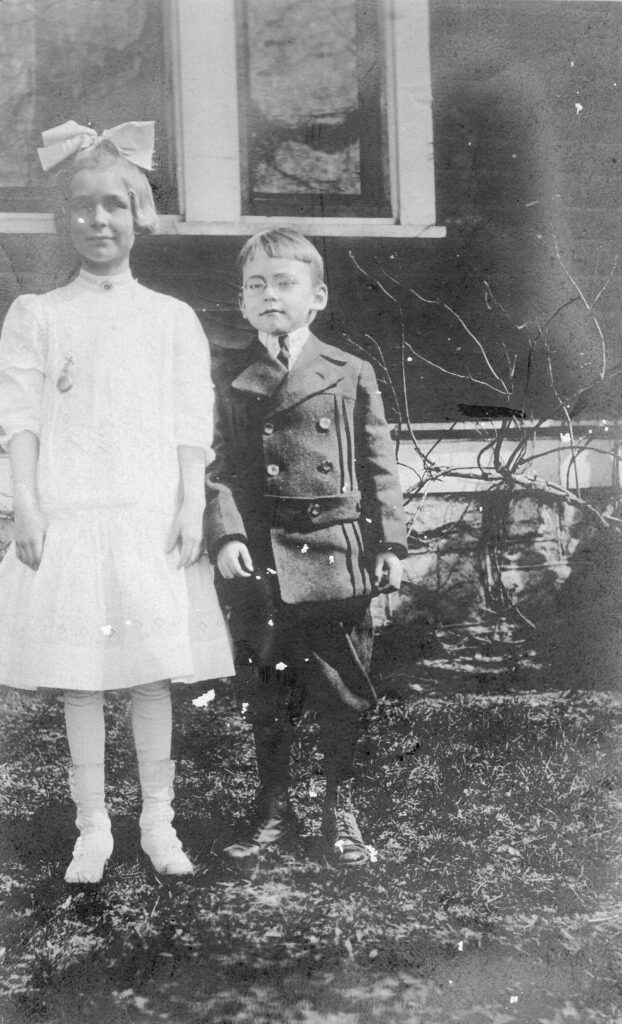
“Before that we had temporarily moved in with Uncle Lee and Aunt Mary and their daughter, Rebecca, just before buying the Wood Avenue house.”
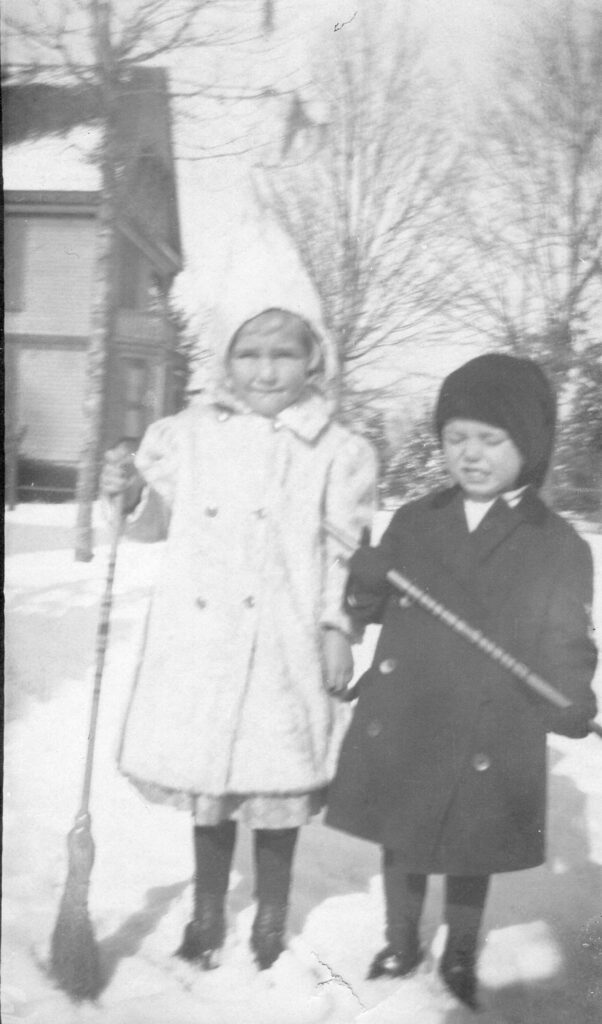
Robert’s father Erister was closer to Lee than the other brothers because of their ages, personalities, and individual business responsibilities. To some extent, they dealt with identical farmer customers.In the fall they would ride out together in their buggy to buy cotton seed for the oil mill and to collect for the fertilizer sold by the fertilizer company to the cotton farmers supplier. Some of the cotton seed had been ginned from the cotton at the family gin. This was barter at its very best and assured all parties of satisfaction for their products and labor. In other words, basically the cotton seed paid for their fertilizer that helped grow the cotton.
Ashcraft Brothers turned into a very fine investment for Uncle John, Uncle Cy, and Uncle Lee. Erister ( and thus son Robert) did not share in this because of his illness and untimely death. The sole property of Ashcraft Brothers that remained after the payment of forty thousand dollars each to John, Cyrus, and Lee was the Florence Wagon Works; and in this final settlement Robert was included for a share worth over a thousand dollars. The timing of this bonanza for Robert was unbelievable. At this time he had just finished the University of Alabama and was told by my Uncle Lee that the debt for the cost of my education had been erased.
Early Atlanta Years and Summers at Sweetwater1911 – 1915 Six Years to Ten Years Old
Robert’s words: “After my father’s death I was sent to Atlanta to resume living with my Uncle Lee Ashcraft at the family house at 1341 Ponce de Leon Avenue.
Here I spent four more happy years with this delightful family.
Some of which were not the following episodes: On my seventh birthday there was a party for me at Grant Park. I started the day poorly by slipping on the wet grass in our yard on Peachtree near Tenth Street and soiling my new suit. The next year on my eighth birthday, I managed to cut my foot on glass in Lake Clara Meer , the lake at Piedmont Park.”
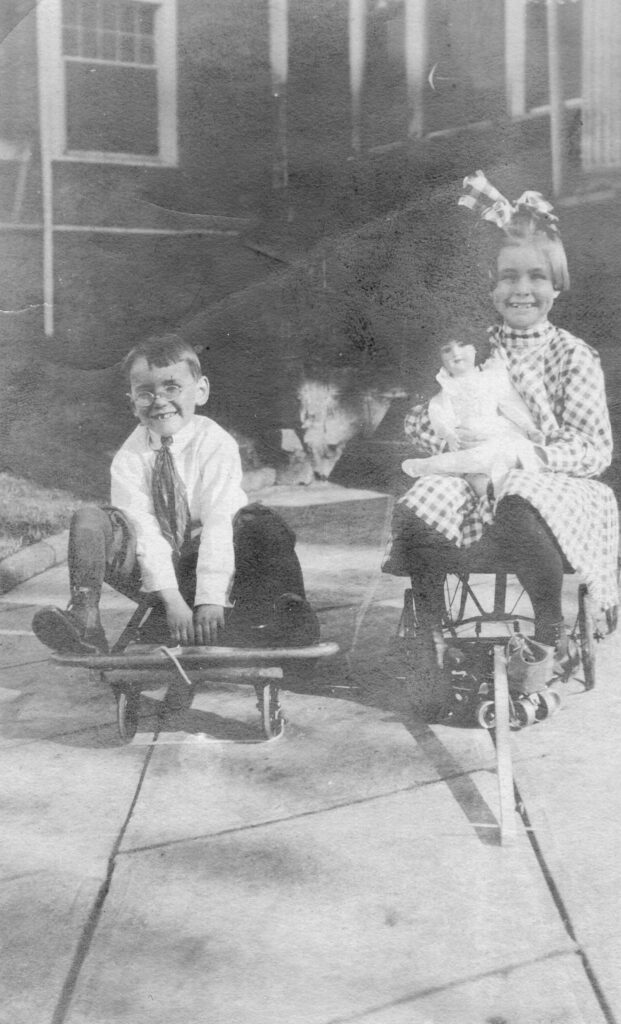
Robert and Rebecca at home on Ponce de Leon
“Tenth Street School (later destroyed by fire) accepted my cousin Rebecca for the second grade. Because of the tutoring of Aunt Mary, we both qualified but they turned me back to the first grade because I was only seven and she was eight. When I reached the fourth grade, the school system was in critical financial shape and overcrowded.
We tried attending classes in two shifts. Then we tried the “Open Air Experiment,” housed in a barn-like room with canvas for walls and no heat. We exercised frequently to keep warm and brought hot bricks to school for our feet.
We also had heavy jumpers into which we stuffed feet and legs. It was hard to write with cold hands and frozen ink, but we were proud when we sang and shouted, “Who are we? Who are we? We’re from Tenth Street, don’t you see? We’re for fresh air day and night! We’re going to be healthy, all right, all right!”Then when the year finally ended we shouted, “No more lessons, no more books, no more teachers sassy looks. Kick the desk, kick the chair, kick Miss Dunlap down the stairs!” Miss Dunlap was our school principal whom we really respected.”
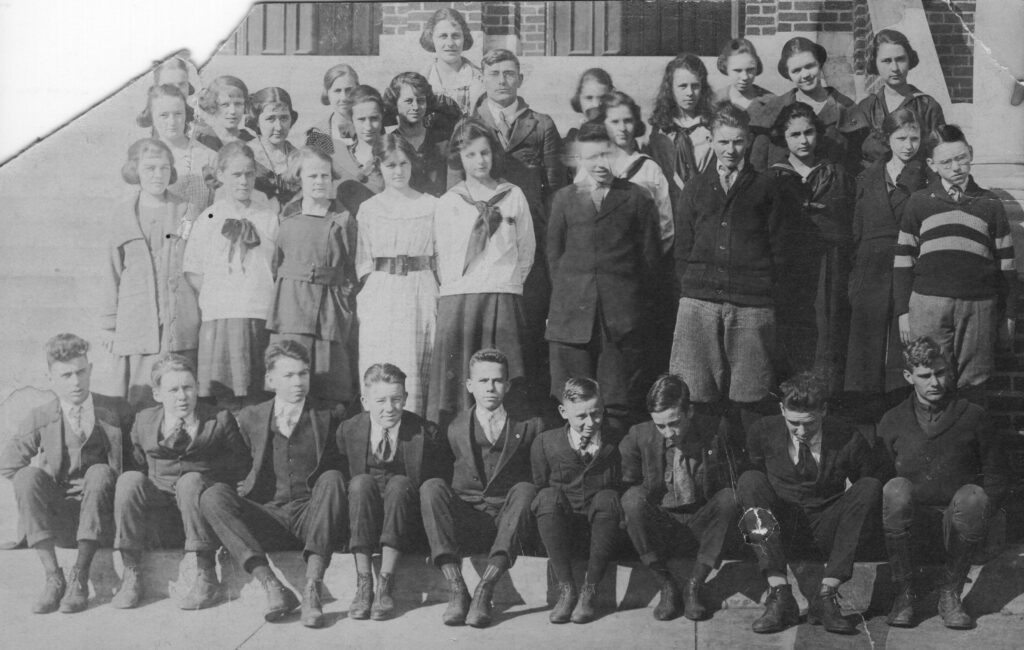
“I had one humiliating experience in my fourth grade that should have a happy one. My friend, Joseph Eikelburger had led me in a spelling match until he became ill. Finally when the prize, which was a book, was given and Joseph had not returned, I received it over my protest. Later “Dear Mamma” added in the book “An Award of Merit,” but I never felt right about receiving the book, the Adventures of Robinson Crusoe.”
“My most frightening experience in those days was getting lost the first day I went to school with Rebecca. We walked as usual from our home on Peachtree near Tenth. Rebecca left school early and when I reached home no one was there and there was no sign of life. Finally with the neighbors’ help I found my way to a house on Piedmont Avenue where my family had moved during the school day. Rebecca insisted I was told of the move but was not listening. I then inquired how much longer I would have to attend school and was depressed at the answer – many years.”
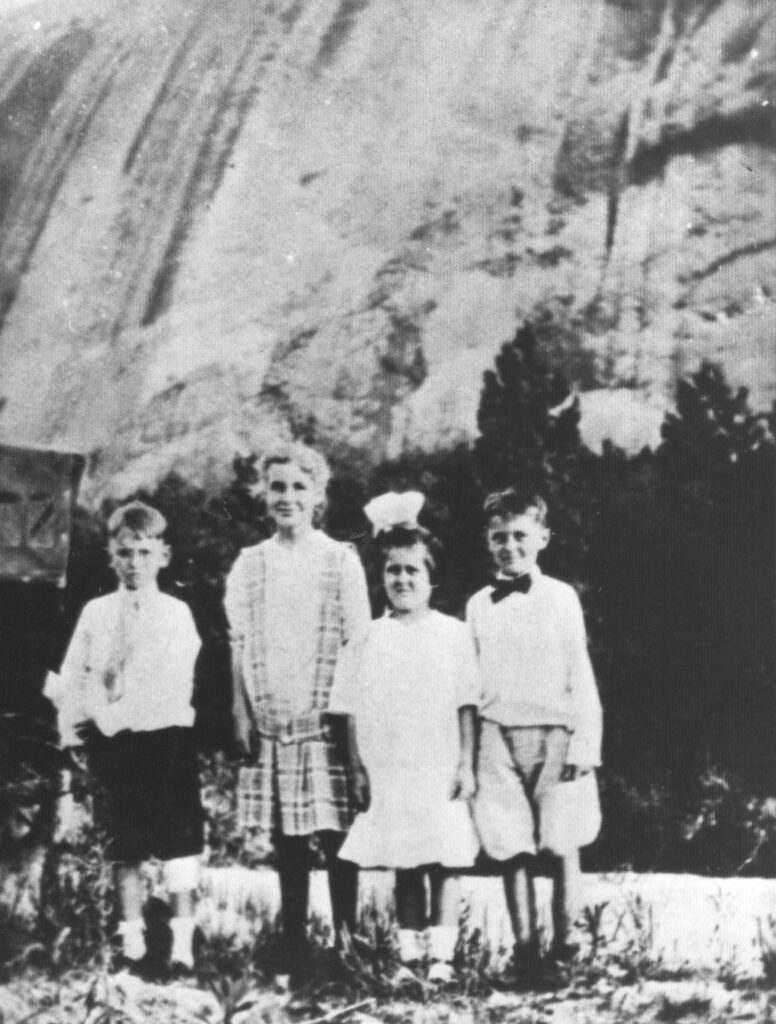
6th Birthday at Stone Mountain Ga.
From Left to Right: Robert Ashcraft , Rebecca Ashcraft, Augusta Porter, John Porter
June 1911
“We soon moved again, this time to 547 West Peachtree where many are still my friends that were my neighbors then, including the Porters, Newels, and Courts to name a few.”
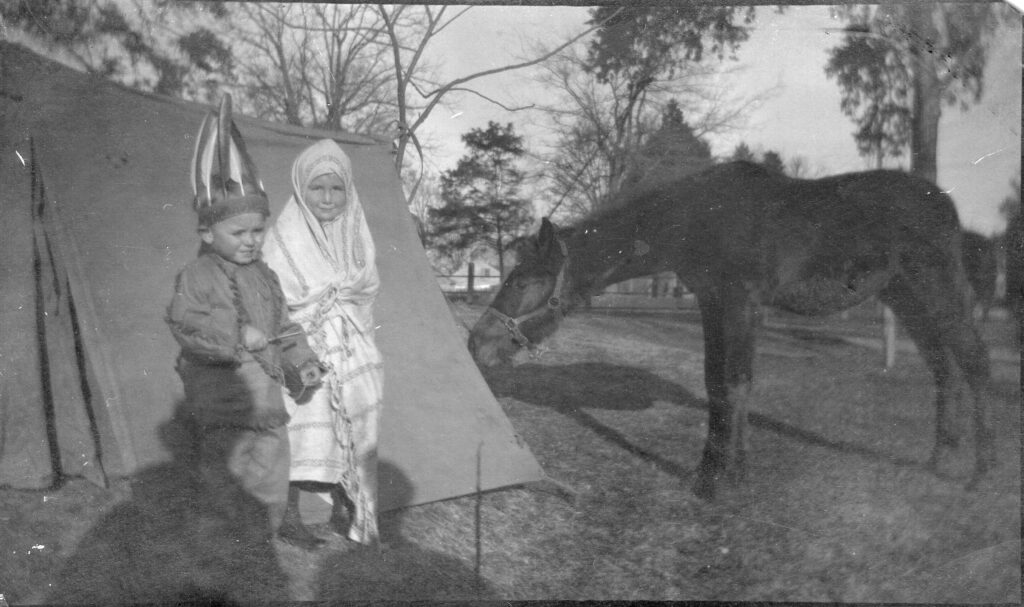
Me, Rebecca, and our horse Frisky at Rebecca’s home in Florence AL
“Learning to ride my new bike during this time was fun but not without problems. First, my Uncle Lee took me to the top of a small hill next to a tennis court that was equipped for playing tennis, not learning to ride a bike. With a mighty shove from my Uncle Lee, I was on my way on my first bike ride right into one of the tennis net posts. After recovering, I tried again on Peachtree Place just off of West Peachtree. Coasting down the incline, I reached level ground, the bike stopped and I fell. The automobile just behind managed to miss me somehow. From then on, I mastered my bike and covered the neighborhood with no further major mishaps.”
Ten Years to Twenty-three Years Old (1915 – 1923)
“The summer after my fourth grade at Tenth Street school, as usual I was sent to spend the summer with “Dear Mamma” at Sweetwater. I was shocked to be told that I was not coming back to my Atlanta family and that instead I would live in Florence with my Uncle Cy and Aunt Gillian Ashcraft whom I barely knew. I was especially upset that the news did not come from Uncle Lee but from Uncle John, who was also rather new to me.
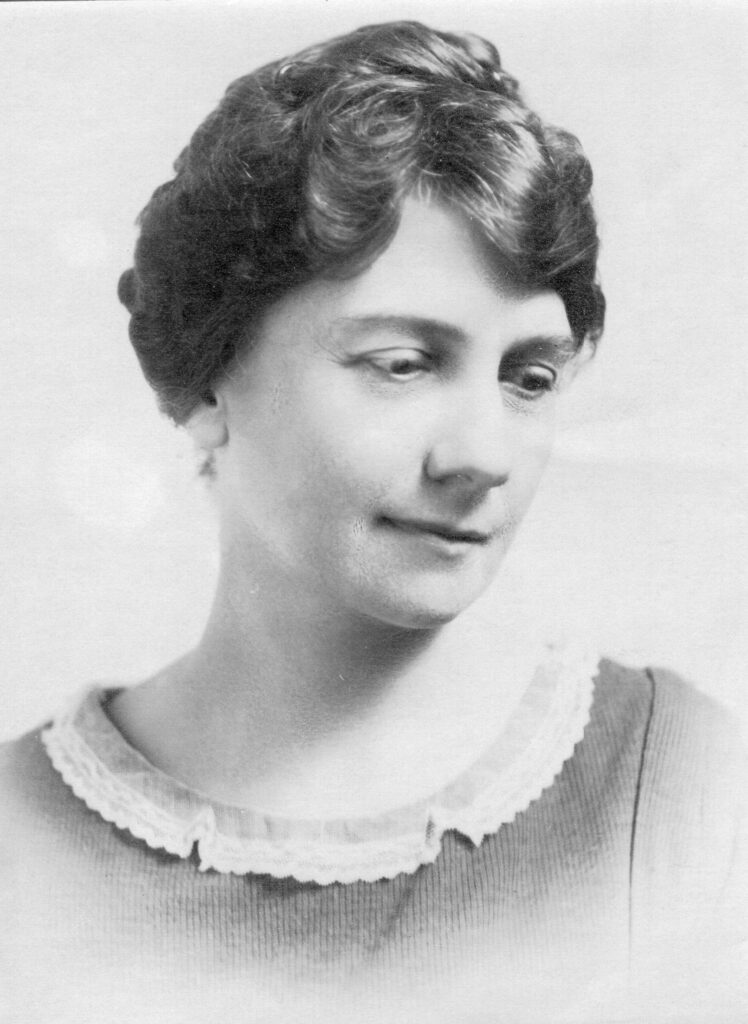
I’m ashamed of how I must have appeared to my new family riding off on my bike in tears to find “Dear Mamma’ to take me in until I could somehow get back to Uncle Lee and Aunt Mary in Atlanta. But Aunt Mary had taken ill and although years later she asked for my return, I stayed happily in Florence with Aunt Gillian and Uncle Cy until my college days.
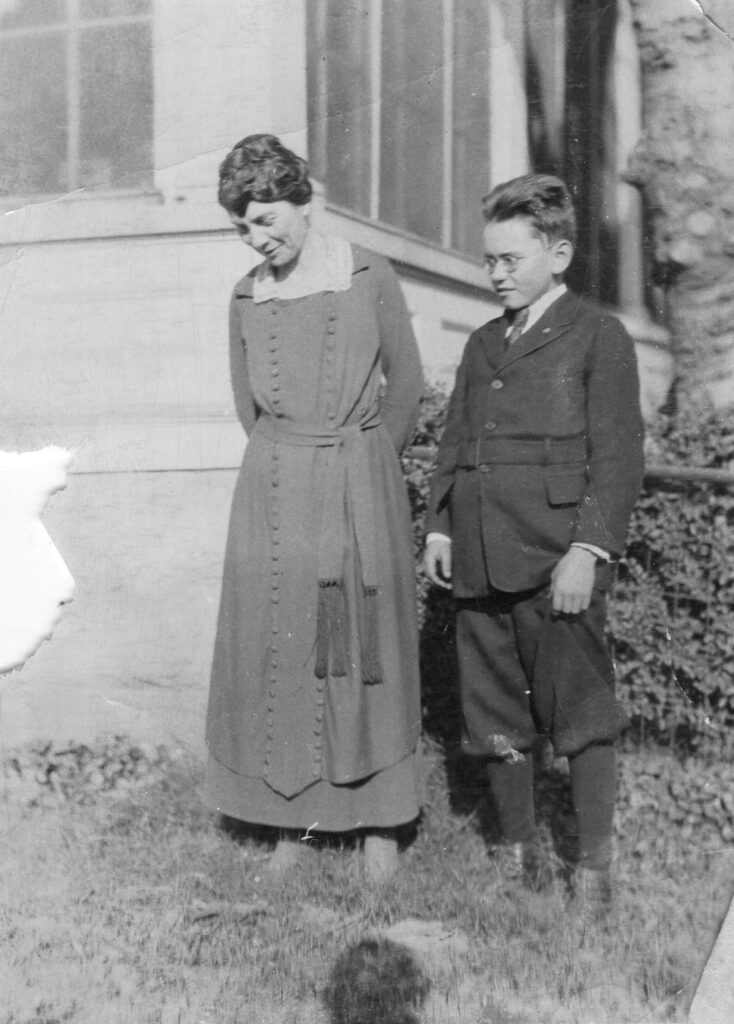
1919 and just prior to the changing trend to Long Pants
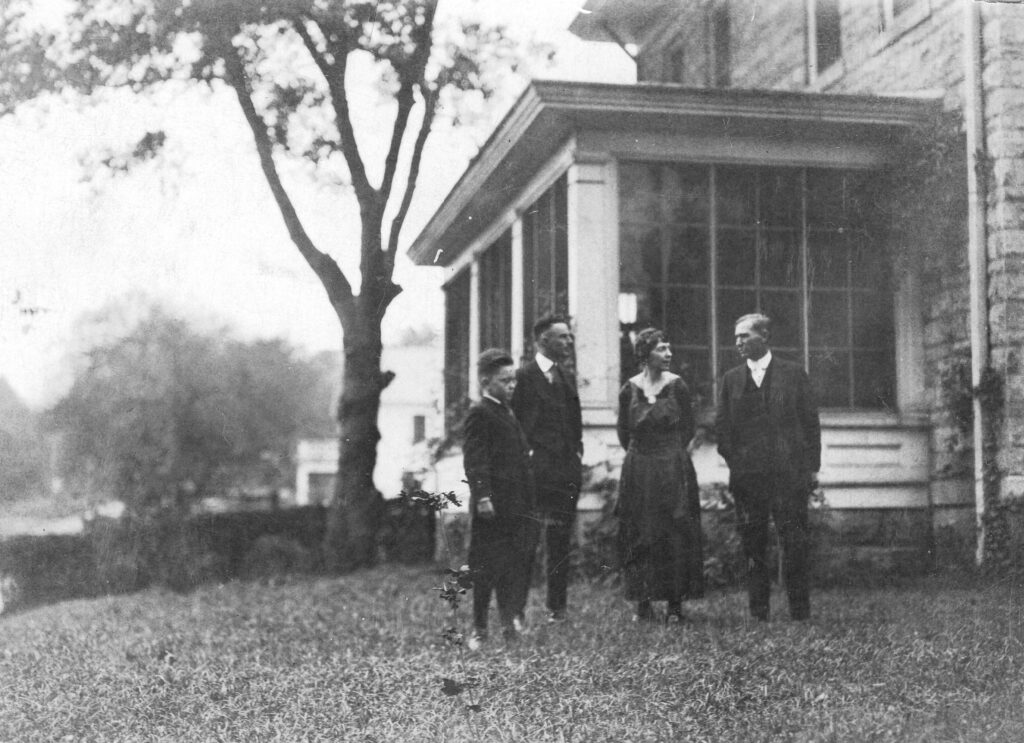
Some of my many great experiences were joining the Boy Scouts, church activities, attending Coffee High School, and having many new, good friends – some that would last a lifetime.
One activity I enjoyed was the publication of the “Florence Ledger”, a weekly newspaper, with Matt Simpson. The paper’s motto was “Read the best; forget the rest”. I was surprised at the interest until I realized that were running something of a gossip column. Henry Moore, age eight, was our delivery boy because he had many relatives who might buy copies.

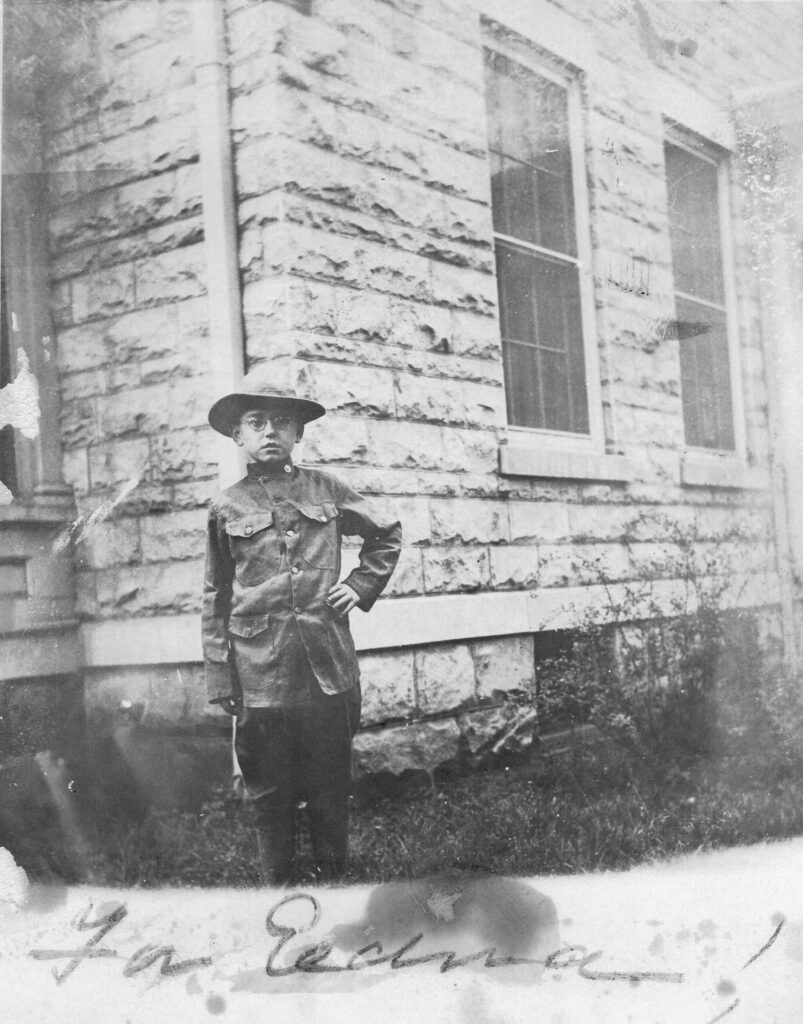
I joined the Scouts at age twelve with Bill Gullette as patrol leader. I never passed second class because of the fifty yard swim, but I earned three merit badges. The hardest part of Scouts was coming up at each weekly meeting with three “good turn” requirements. The “helping the old lady across the street” was overworked, I’m afraid.
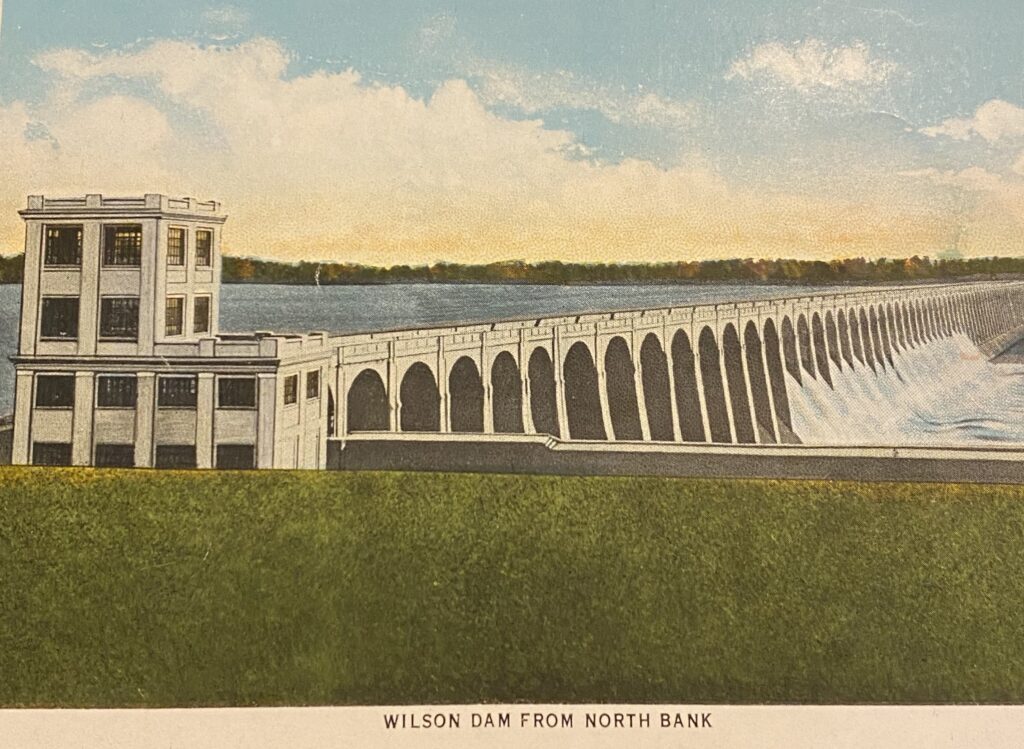
Then there was the excitement of working at Wilson Dam, first as a common laborer then as a guide and finally as Lake Inspector. We had to report to work before the bus was running, but I enjoyed getting up at 4:30 A.M. and the nice cool three mile walk to the dam with my good friend Bob Hill.
We learned all the shortcuts and sang together as we walked. Our salary was $2.25 a day which was later raised to $2.80 and a free sandwich for lunch.
The last summer before starting college, I was rewarded with the job of Lake Inspector, plus the unheard wage of $3.50 per day along with free room and board. I lived on a houseboat eight miles up the lake with six bootleg friends who offered me free booze after they me awhile.
However, I was warned not to steal the jug as evidence or I might get shot.
We would pass our leisure time playing tunes on our bangos together and singing popular music and church songs.
My job as Lake Inspector was to cover the one hundred miles of that beautiful shore line twice a month looking for signs of infestation. A country boy was assigned to help me with the little outboard motor and with the testing for signs of infestation. On one occasion, we lost our motor in a sudden storm and rowed our boat the hundred miles of shore line the balance of the summer. One day we were all drafted to help the clean-up crew, on account of the unannounced rise in the lake water level, to kill the hundreds of poisonous snakes that had sought higher ground. At the end of the day, I fell asleep from exhaustion in route back to our houseboat and fell from the edge of our boat. I hit the water, but kicked away from the sound of the paddle wheel above me. I swam poorly with the weight of my clothes adding to my problems, but finally made it safely to our houseboat losing only my glasses. I had killed over sixty snakes and had almost drowned for my $3.50.
At age twelve came the chance to drive the family car. Uncle Cy and Aunt Gillian left me and their car with other relatives for their lengthy trip to Europe. My cousin Gus, who was fourteen, was already driving a car and encouraged me to drive our Dodge sedan. After four blocks of instruction I was pronounced ready. On my “solo”, a lady on a nearby sidewalk screamed that there was a runaway unattended car loose on the street. I was small and was barely visible above the car door. Later, when my aunt retuned, I was allowed to drive her with my school principal. Those two ladies flustered me by each giving me opposite directions at the same time so that I drove dead ahead into a dirt bank at the end of the street, giving me unfairly a low mark on my driving skills.
I was beginning to grow up and was enjoying the passing company of the girls of the Florence State Normal School, who were allowed to walk our block as part of their campus. I had learned to play the ukulele, the mandolin, and the saxophone and to sing some of the popular songs. My first attempt at a solo quartet which consisted of Babe Redd, Luke Simpson, Bob Hill, and myself.
Much later this group became the Alabama Glee Club Quartet and received special offers from musical groups like the Oprhiam, a well known musical company at that time. Singing under the street lamp at night in Florence was safe and quiet with only two cars in town, ours and the doctor’s. This led my interest to bands and dancing with girls. With the encouragement of our elders, we organized a club called “The Original Twenty-Four” composed of fourteen boyfriends and ten girls picked by our elders. We met in our homes once or so a month with a victrola for dance music at first and later with small bands. Our initial band was led by W.C. Handy, but he was beginning to get too famous for us and went to New York with the Sigfield Follies performing his Memphis, Beale Street, Muscle Shoals, St. Louis Blues and so on. Handy never forgot his old friends and sent my family autographed copies of each of his published songs. He now rests in Handy Hill Cemetery in Florence. We have long remembered our old friend W.C. Handy, but I have lost those sentimental now valuable pieces of sheet music.
I never liked one of the girls our elders picked for one of the members of our group. She laughed when I tried my first dance steps and made a lasting impression on my fourteen year old pride. I had just had a first and only lesson that afternoon, at the home of a friend, to the music of “Take Me to the Land of Jazz” and I thought I was pretty good.
One girl member whom we all liked was the daughter of my minister from the First Baptist Church. One of our deacons had criticized and protested the idea of the dancing, although my Uncle Cy was a deacon at the same church also and one of the dances had been at his house. Our friend was told by her father she could not attend but she slipped out to our dance one night with my cousin Gus, who was a member of this church also. Word got out and the minister made a public apology in the church service. The girl fled home, got a job and later committed suicide. I had been especially active in the church, attending two services on Sunday, was a member of the choir, head to our Baptist Young People’s Union and attended Sunday School and Wednesday Prayer Meeting, but I never quite got over what happened to my young friend. Years later when my Episcopal wife agreed to leave her membership to join the Presbyterian Church if I would, I was easily persuaded that this was the thing for me to do. Most of my church experience had been helpful and highly rewarding. I played violin in our Sunday School orchestra in our Baptist church in Tuscaloosa. One of my orchestra friends, Cornelia Foster, later married my classmate, Johnny Mac Brown, who was our halfback at Alabama and went on to become a western movie star. My friend, Joan Pickens, who helped me get my A.B. degree with her coaching in French, was the daughter of Champ Pickens who got Johnny the movie contract.
As World War I began to wind down, the disposal of the defense plants as well as the resumption of certain foreign commercial contracts began to take place. The nitrate plants built for ammunitions and the huge power plants generated to run the plants for ammunitions needed to be diverted to other channels or be disposed of.
Driving Henry Ford and Thomas Edison:
My Uncle Cy, with help from others, interested Henry Ford, Sr. and his good friend, Thomas A. Edison, in coming down to inspect and possibly plants #1 and #2.
I was assigned the job of guide and chauffeur for our distinguished visitors during their stay in our area. They included Mr. and Mrs. Thomas Edison, Mr. and Mrs. Henry Ford and son Edsel, a quiet somewhat shy young man.
Mr. Edison, a personable and friendly man was quite deaf but wore no hearing aid and had a rare and extensive choice of cuss words which were a natural part of his vocabulary.
Mrs. Edison, a quiet, lovely, middle-aged woman, was the daughter of the owner and founder of the famous Chatauqua of New York, that had toured the South frequently and was well received.
Mr. Ford was quiet, also friendly and obviously interested in the people and environment of our area. We would lose him occasionally and find him a block or so away meeting some of the people and inspecting what appeared to be old furniture, especially in old Florence.
One evening I remember we lost Mr. Ford at a barbecue and found him busy chopping wood for the fire we had started. Those were fascinating visitors that I long remember.
Mr. Ford eventually made the government a bid of two million a year rent for the power plant for ninety-nine years. He was to move his operations from Detroit and turn Alabama into his largest manufacturing operation. His plan was to include properties on which his employees would plant various crops for their support and barter. We blamed the politicians for fighting the offer and instead going for the Tennessee Valley Authority, the TVA. This was a disappointing ending but a terrific experience for a young teenage boy in this brief contact.
Not long after the Ford-Edison visit, I was suddenly taken on a trip that was beamed on Germany and business for Ashcraft-Wilkerson Company, headed by my Uncle Lee in Atlanta. Uncle Cy had entered the service and become head of the Y.M.C.A. with the U.S. Army of Occupation, with his headquarters in Coblentz, when peace was declared. Uncle Lee asked him to stay in Germany long enough to renew contacts with the Kal Syndicate.
My First Trip Abroad – Summer 1920 – Starting at Age 14
I joined Uncle Cy and Aunt Gillian for what was scheduled to be a one month business trip by Uncle Cy for Ashcraft-Wilkerson. It lasted nearly six months. When I left Coffee High I was vice-president of the student body, active on the debating team, in the school orchestra, and class president.
Uncle Cy was on his third trip after his service discharge to resume the business on German potash for Ashcraft-Wilkerson that the war had interrupted. This was the only known commercial source of potash at that time and the war had shot the price up from $25.00 to over $500.00 because of the shortage. So here I was, soon to be one of only sixty Americans in Berlin while we were still in a state of war with Germany and soon to spend my fifteenth birthday in the beautiful Kaiser Hotel in Berlin. Later I learned to make myself useful decoding cables and as a guide for the many incoming people of the world.
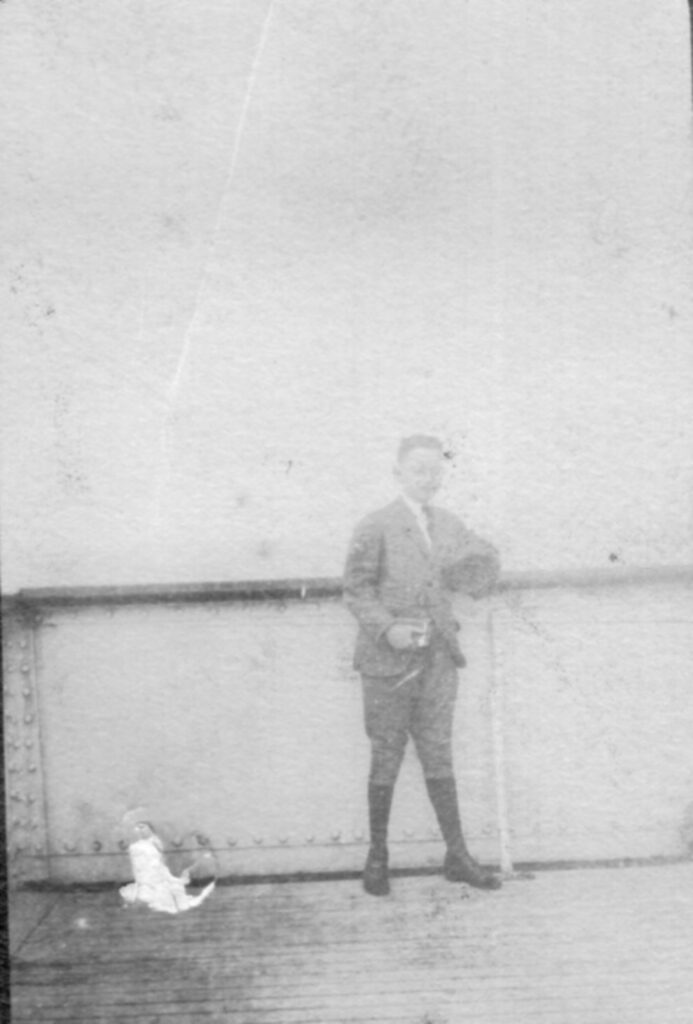
We had left New York for our fourteen day trip to Berlin on the S.S. Megeantic – a safe, slow ship of the Red Star Line.
After our ship finally arrived at Liverpool, after nine days out of New York, we went by train to London. We had been accompanied by chance by Mr. and Mrs. Guy Carpenter of New York, cousins of my mother. In London I happened to walk by a large building with the sign – Ash Craft, Inc., manufacturers of billiard tables and equipment made, of course, of ash wood and the name Ash Craft. After a rough ride over the English Channel, we reached Cherburg and then went on to Hamburg by train. While waiting at the train station for the Berlin Express, we ordered food and the best we could get for our first meal in Germany was black bread that tasted like it contained sand plus a cookie in lieu of sugar and something that tasted like hot water in lieu of hot chocolate. All of this eventually made me so ill that I had to be carried from the train on arrival in Berlin. On the same trip to Berlin and checking into the same hotel as ours – The Kiserhof – was an American whom we learned was Mr. Frederick Simprich, the new United States Chief Counsel.

As this was 1920 and we were still at a state of war with Germany, our counsel was our ranking diplomat. Mr. Simprich was even sicker than me so my Uncle went to headquarters to pick up his mail for him.
This continued for a month before Mr. Simprich’s health permitted him to assume his duties. Meantime, all concerned apparently decided that we were representatives of great importance from the U.S. State Department and we were so treated by all we came in contact with until our departure months later. We learned later the German Secret Service and various officials were instructed by the top brass of the German government to give us special consideration. During our stay in Germany we were treated with the greatest courtesy by almost everyone with whom we had contact, after they learned we were Americans and not employees of the Kaiserhof Hotel and from Herr Adolf Magener, a retired businessman whom we engaged as guide and assistant. Our friend, Herr Magener, a vigorous and attractive gentleman, had lost his hotels in Warsaw and Moscow to the Russian communists when they took over their government. He had been commissioned by King George of Great Britain to find his cousin, the Czar of Russia, and his family but was convinced after many harrowing trips that they had all been killed. Although we came to very much enjoy Berlin, the natives and the other sixty Americans who were in the city during the summer and fall of 1920, some of our experiences were not entirely pleasant.
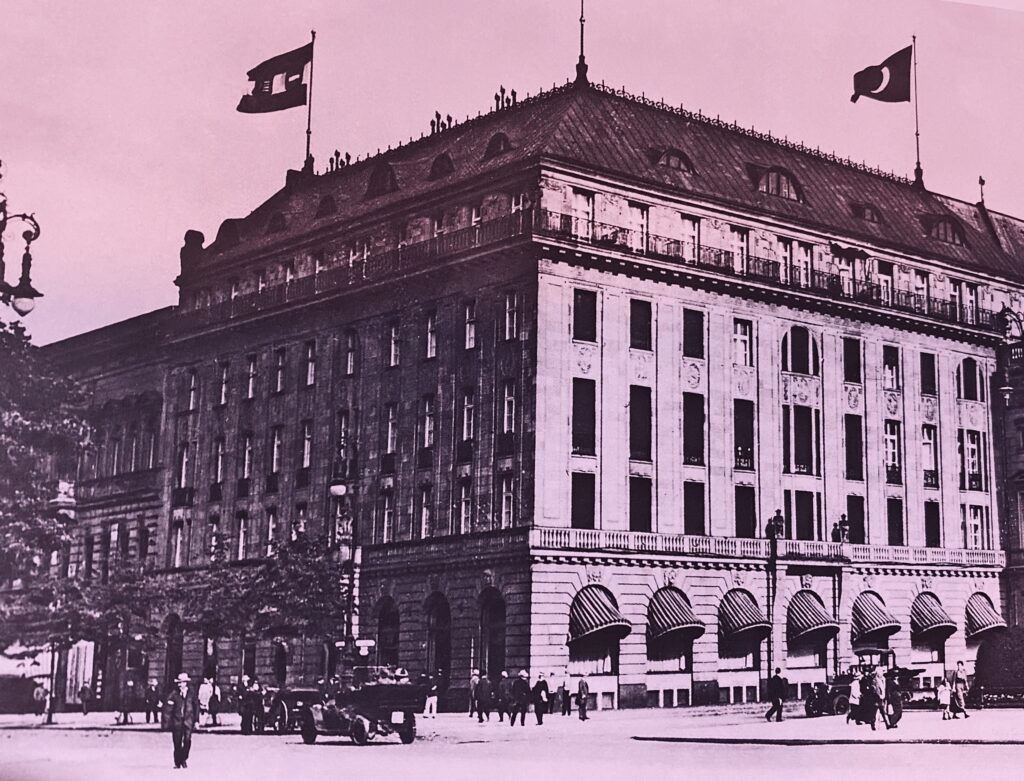
Our second night at the Kiserhof, I was robbed of my savings of $15.00 while asleep in my bedroom on the second floor, all my clothes except my shoes, underclothes, and an old suit plus the extra blanket on the bed in which I was sleeping – all without being awakened. The Kiserhof was an ornate structure and even I might have made the entry successfully. The loss was bad enough but in addition, after refitting me with a German boy suit that resembled riding britches, my family required that I continue the same clothes even after our return to my home town of Florence – where I felt I was receiving stares from friends and others. The Kiserhof, the finest hotel in Berlin – later destroyed in World War II by Allied bombs and now in the East Berlin area – was across William Strasse from the home of the President-Elect of Germany and two blocks from the American Embassy.
From our hotel windows we grew accustomed to seeing frequent riots by the Communists that were halted by police troops, who kept hand rolls of barbed wire they would roll in front of them for protection. The Allies would not permit any Germans to carry guns for or flags of any country to be flown during this state of war.
In late summer of 1920 when our assignment appeared almost complete, Aunt Gillian and I left Uncle Cy in Berlin and spent the month of August in Paris. We were accompanied by Mrs. Simprich, her son Fred – who was thirteen – and a lady who was an officer of Y.W.C.A. The trip was made by way of the Rhine River, en route by steamer from Frankfurt and Coblentz to Cologne, and then by train to Paris. My first error on crossing the border was to speak German to a Frenchman, as I thought we were still in Germany. Then as we approached Paris, a group near us on the observation approached Fred and me and politely stated that they understood Fred was speaking English but were puzzled at the language I was speaking. Fred spoke perfect English, having spent his life in Europe with his American literary parents, while I had rarely been away from Florence, Alabama or Atlanta, Georgia. In Paris we all checked into the Burgundy Hotel, one of the smaller hotels on a quiet street. Our elders told us we might go to the end of the block for a short “look-see” at a small shop. When we returned they were gone, and we decided that that since they thought so little of us on our first evening in Paris, we decided to make the best of it and spend the next couple of hours wandering around the brightly lit city. When we returned, they were at first frantic then furious. It developed that they had never left the Hotel Burgundy and grown more and more anxious almost to the point of calling the police just as we returned . Our problem was that because we were in an unfamiliar city, we were not aware that there were two Hotel Burgundy’s within a block of each other and our first return from shopping had been to the wrong Burgundy Hotel.
Our first sight of Paris was absolutely breathtaking. We arrived in perfect, although somewhat windy, weather. We had never seen such a beautiful city and the best of all were the absolutely breathtaking girls. Styles had changed drastically since I had left my friends in Florence. These Paris girls, and to us there seemed to be thousands of them, wore tight dresses way above their knees, with their hair cut short and their cheeks and lips bright red with more than just good health; and when they passed us closely by with the wind blowing their short skirts and the aroma of the newest perfume in the air, it was almost breathtaking for a fifteen year old boy.
Except for the pleasures of just looking, the activities for such a young boy in Paris are rather restricted, especially when his seniors had a watchful eye on him. We, of course, did all the usual sightseeing in and around Paris. I saw my first opera, Thais, in the beautiful Paris Opera House. An International Boy Scout convention was in progress and to this I invited myself as an unofficial representative of Troop #1 Florence, Alabama U.S.A. We had heard that the only place to buy a coca cola was atop the Eiffel Tower and although my elders and friend Fred backed down on the trip, I went alone and paid my quarter (yes, the price was $0.25 for a $.05 bottle of Coke). Then after hunting for several days, we finally found the place we had heard about that sold real American ice cream sodas. After not a single taste of milk or cream in our many months in Germany, this was shear bliss to a boy who had been brought up on these luxuries in Alabama and Georgia. In one of our Paris side trips, we toured the Rheims area, historically famous for the words of Marshall Petain in World War I – “They shall not pass”. Here was one of the critical spots of the war where the German advance was stopped. I thought I had found my answer to the bravery of these French soldiers when I visited the three story cave near Rheims, in which was stored over two million bottles of the best cognac made in the world that they had “saved”. After waiting for Uncle Cy, who was still delayed in Berlin, we returned to join him again after an unforgettable month in Paris.
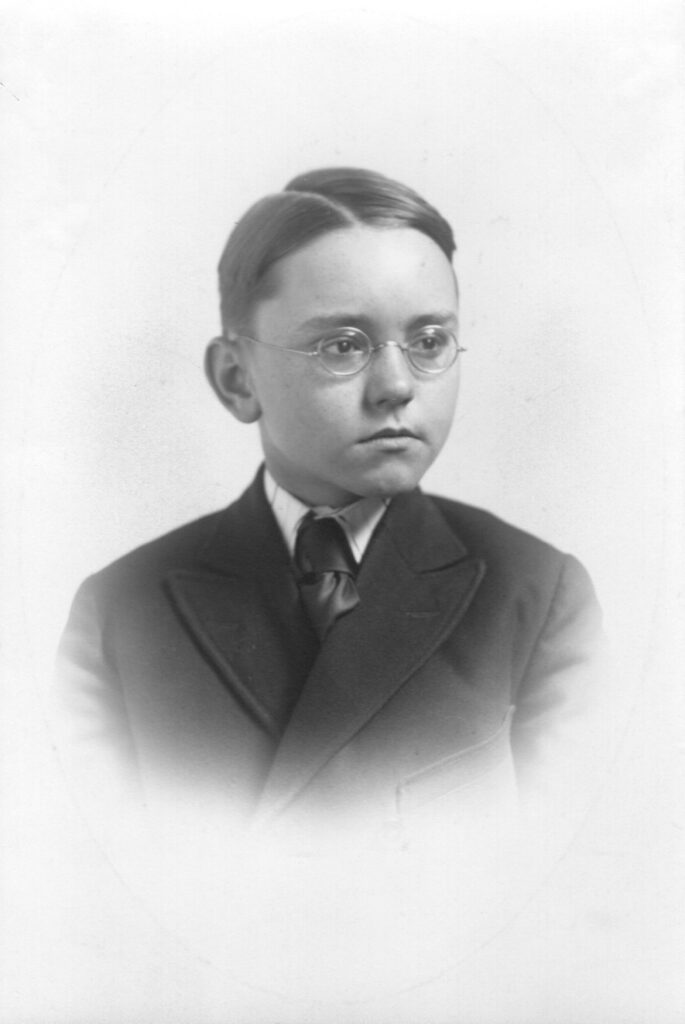
At fifteen I was beginning to feel more grown up particularly after the month in Paris and had begun to notice some of the younger secretaries at the American Embassy. My new ego was quickly jolted, however, when I overheard one girl whom I had admired say, “Isn’t it too bad he is not a bit older?”; but my new fourteen year old girlfriend, Virginia Ryan from Virginia, seemed not to object to my age and even forgave me for taking a Russian visiting girl to a German play. I remember hating to do this, but my Uncle was stern about it. The girl spoke no English, only Russian, German, French, and Spanish. Fortunately, I found my German adequate to converse with her about the play particularly as the story of the play was familiar to me – that of “Little Red Riding Hood”.
As a farewell present, the daughter of a German business connection gave me a hand painted wooden box, which I still have, with the German words meaning in English “In Remembrance”. Her name was Ruth Schaefer and she and her boyfriend had been nice to me, letting me row their racing canoe while they sang and played the guitar. Mr. Schaefer had tried to purchase U.S. meat for starving Germany with what he said was sixty million gold dollars, but the state of war delayed his efforts. In addition, Ashcraft-Wilkerson Company tried unsuccessfully to swap Armour meat for German potash, but the meat spoiled before the negotiations could be completed. This reportedly cost Armour over a million dollars a day for two months. All three parties involved – Potash Syndicate, Armour, and Ashcraft-Wilkerson – could have made a great deal of money on this opportunity, only to see red tape be the cause of bitter disappointment.
The last few weeks in Germany were filled with many opera engagements. The heavy Wagnerian Ring that I was obliged to sit through almost quenched my earlier enthusiasm for opera that Thais had ignited. So at last, after months of delays but many happy new experiences and new friends, we started for home by way of Rotterdam, Holland. We arrived in Rotterdam several days prior to the departure of our ship, the S.S. Rotterdam. It gave us time to tour most of this attractive small country, including unusual cities like Amsterdam and The Hague. Of most importance to me was the availability of good Dutch food after having been hungry so long in Germany. My first experience with the usual seven course Dutch dinner found my shrunken stomach unable to handle more than the first three courses, and it required nearly a week for me to conquer the entire seven courses. I will never forget the first breakfast served in our hotel room: two eggs, four pieces of bacon, real milk and real hot chocolate, hot fresh bread, huge chunks of cheese, and so on.
Our sea voyage was generally uneventful although we did have one bad experience where we nearly lost our rudder in a storm.
The highlights of the return voyage was meeting the mother of the famous Dolly Sisters , identical twins singers and dancers who, at the time, were the rage of the London stage and then, separately, meeting Rabindranath Tagore, the famous mystic poet and philosopher of India who was a friend of Ghandi. He let me snap his picture and talked pleasantly with me.
Back to the Grind of Reality:
As a result of missing many months of school at Coffee High, it was advisable that I take a special summer review in Latin and Algebra.
Somewhat to my surprise, the family sent me to Georgia Military Academy near Hendersonville, North Carolina – the summer school location of this college prep school for boys (now a coed school called Woodward Academy).
My first military school experience was something unbelievable until a happy accident changed this for the better. While a tough sergeant was shouting drill orders at me, I noticed a neatly dressed officer watching from under a nearby shade tree. He instructed the sergeant to bring me forward and then dismissed the sergeant. I noticed immediately the insignia of Colonel of the GMA regiment, along with various medals. My new friend (and I immediately claimed him as such) introduced himself as Harris Robinson from Atlanta. He informed me that he knew my cousin Gus Ashcraft as well, as Gus was to succeed him as Colonel and since his name was Gustafus Ashcraft, Colonel Robinson named me “Octavus Ashcraft”. I was proud to be called by any name that my new friend picked. We never met in later years that I did not stop and salute him, and he in turn, with a smile, returned my salute with the reply, “At ease, Corporal”. I was thus unofficially promoted by my friend from Private and we played this friendly game until his illness and death a few years ago. He left a lovely wife, Virginia, and family in Atlanta whom we continued to enjoy.
College Years – 1923-1929 – Age 18-23:
When time came to decide on the university of my choice, I picked Alabama Politechnical Institute – now known as Auburn University – because my father and several uncles attended and because my cousin Gun and several friends were currently enrolled at this university. Strangely, although I was obviously interested in journalism or law, I was encouraged by my family to go to this agricultural and mechanical school that did not at the time even give an A.B. degree and had a very limited English department. I planned poorly with the result that by the time I could persuade my Uncle Cy to let me transfer to the University of Alabama, towards an A.B. degree. My year at Auburn was almost completely wasted. I finally transferred to the University of Alabama where I benefitted from my contact with the President of the University, with whom I made contact after entering school. Dr. George H. Denny came to us from Washington and Lee University in Lexington, Virginia. On one occasion Dr. Denny, a native Virginian, apparently felt the urge to return to Washington and Lee – however, a University of Alabama student strike with cheers, songs, prayers, and other showers of affection outside his office finally persuaded him to stay and he was still President when I finally graduated. I’ll note a few pleasant extracurricular activities I was involved in before my “five year home of learning” at Alabama. They were probably more fun than making Phi Beta Kappa, a route that I never seriously tried. I have already mentioned that one of my activities at the University was the Alabama Glee Club Quartet which was made up of Babe Redd, Luke Simpson, Bob Hill, and myself.
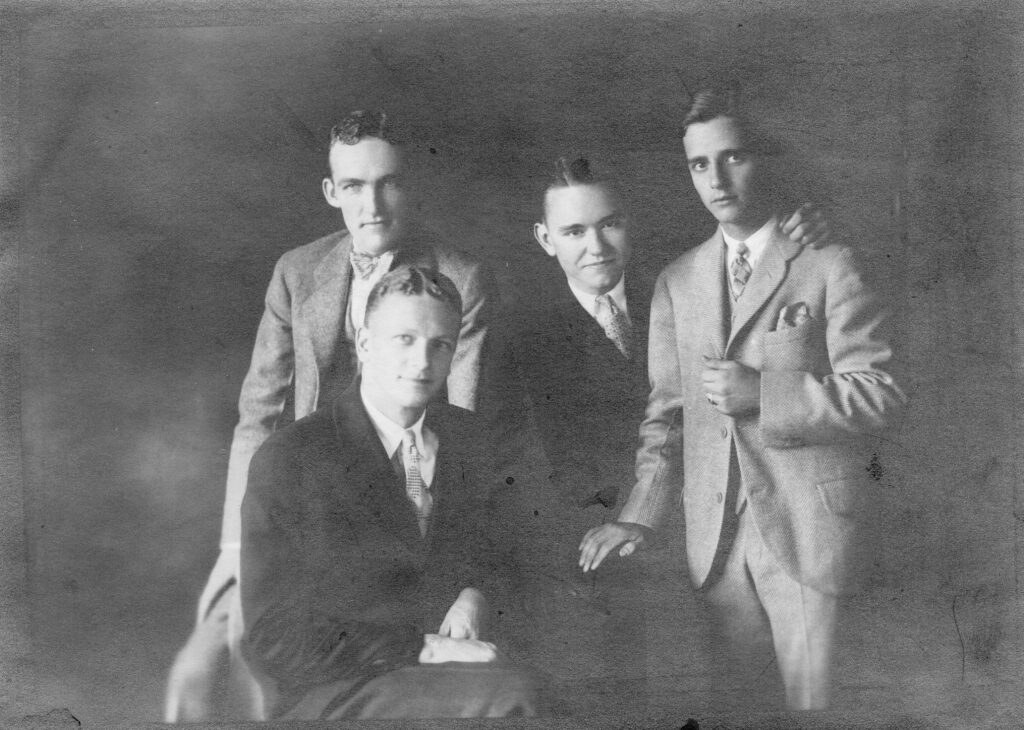
From Left to Right: Luke Simpson (in front) , Bob Hill, Robert E Ashcraft, Uhland (Babe) Redd
This probably took the most time away from studies and school, partly because we had only one quartet while we had two glee clubs and we, The Quartet, made all the trips with both groups. Once during a six week semester we were away the major part of four weeks. We covered most of the South and once almost got to the west coast when our Crimson Tide football team played in their first Rose Bowl in 1925. We also received special offers at times from musical groups like The Orphiam, a well known company interested in promoting music. We might have made The Orphiam Circuit except for parental interference.
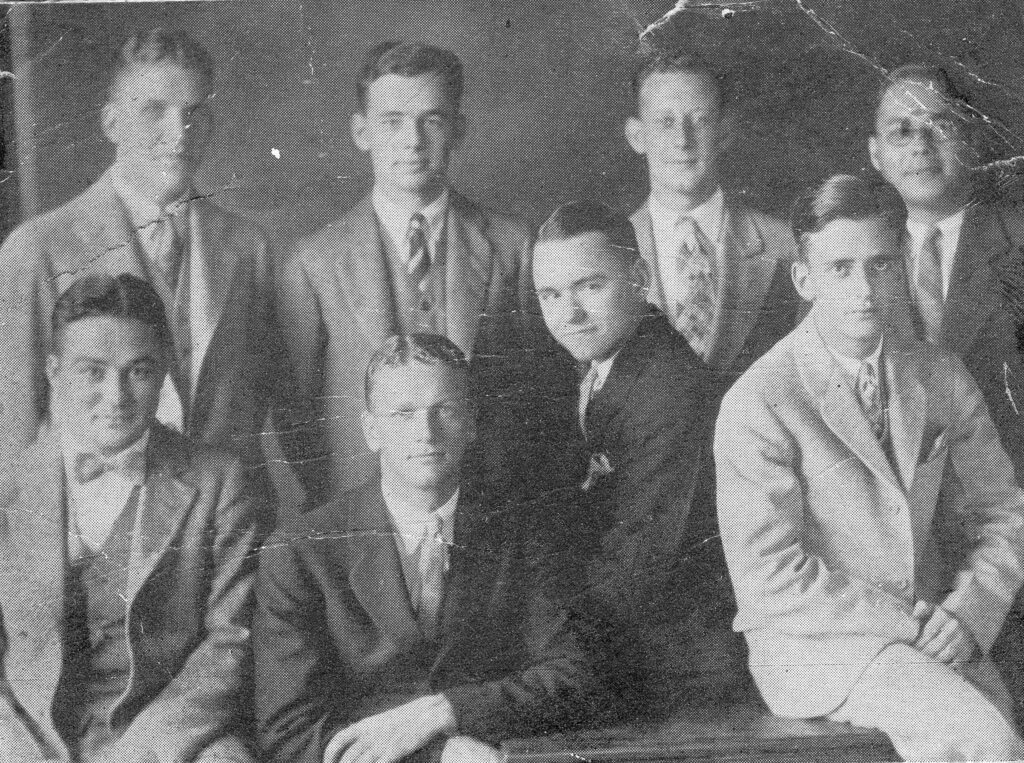
The varsity debating team was another activity which was good experience but not much fun. What could you expect from subjects like “Resolved that Ad Smith should be the next president of the United States”? We won that one, but then lost – so what! Being assistant Editor-in-Chief of our weekly, “The Crimson White”, would have been more interesting had I not already abandoned my dream of a journalistic career for Law, but even so it was fun.
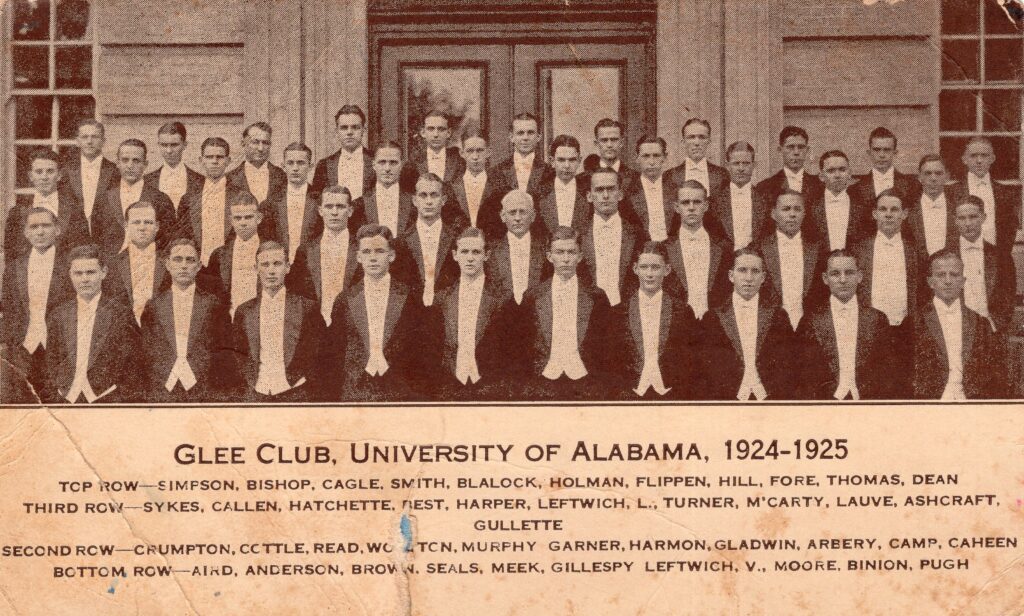
While the law school under Dean Albert Farrar was tough, I did manage an L.L. B. – Doctor of Jurisprudence – in due time, partly with the help (perfectly legal) of my desk mate who later became Dean Lee Harrison. The fun part was mostly outside of class working one summer in Montgomery as Assistant to the Clerk of the House of Representatives and then being engaged in campus politics during school time. I was asked each year by the head of the SAE Chapter to help one of our fraternity brothers get elected to something or another. This ranged from President of the Student Body to Student Council to Editor of the Crimson White (me), Editor of Rama Jama our comic magazine, Editor and Business Manager of Corolla our annual, and others.
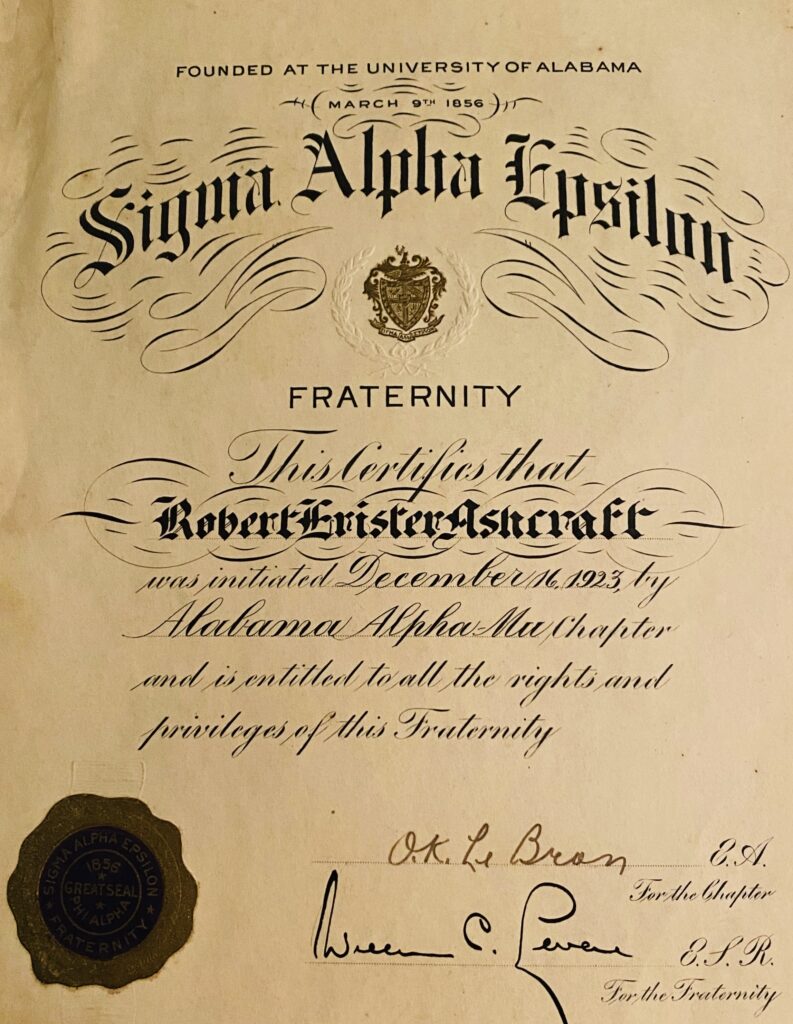
My graduation was unusual in that I graduated in Law in May of 1929, but it was not until three months later that I received my academic degree. I think this may have been a record and I still joke with old Alabama friends, who knew the circumstances, that I might possibly never have gotten that final A.B. Degree from the school of Arts and Sciences if my French tutor had not been a lovely coed girlfriend at the time.
One of my best friends was Elliot Scarborough from Alabama. Elliot and I dated the same girl on different occasions and lived across the street from each other at the Phi Gam and SAE house respectively. We continued our friendship in Atlanta where he became renowned as a cancer expert and Mr. Robert Woodruff’s personal physician. He later had the Emory Medical College, donated by Mr. Woodruff, named for him.
On graduation from Law School in May of 1929, I returned home to Florence and was offered a junior partnership in the firm of Bradshaw and Barnett, a leading north Alabama law firm. I tentatively planned to accept this offer on final graduation with my A.B. Degree in August of the same year. I was encouraged by the advice that because of my apparent interest and background, I would first be groomed for trial work and that I could probably expect a full partnership in time.

Twenty-three cases of varied stature, including the bankruptcy of my home town of Florence, would be held for my return to start work. At that point, I still had an obligation to confer with my Uncle Lee before making a final career decision, so I cut my vacation time short and journeyed to Atlanta where Uncle Lee talked me into joining him in the fertilizer material business. I was to start as an inexperienced salesman at $120.00 a month, which was basically a minimum living allowance until I could learn and progress. I did not protest that my law position at 10% interest in the profits of the firm as a starter was worth about $200.00 a month, nor did I protest when thirty days later the financial crash prompted an overall salary cut of 10% in the company and that my salary also was cut to $109.00 a month before I had barely found my way around the office. My Uncle Lee’s request to try it out for at least one year and his picture of a great future with the company was a great motivation, but after three years of this I began to have serious doubts concerning my decision. I had stepped up my traveling, calling on customers first in Georgia and Alabama and then on a loose pulley from Louisiana to Delaware. I realized that I could expect little help in the Atlanta office as my Uncle Lee was heavily engaged starting a new account with a company called Duvall, named for Duvall County, Texas where United Gas – the owner of Duvall – had found an old salt mine with some still worthwhile Sulphur in it. He put my cousin Gus, who was senior to me, on this to help him and my bosses, of which there were several, were fighting for their jobs with no time for me in the early thirties.
Meanwhile, my father’s brothers kept business , with each finding a different passion.
My Uncle Lee and I finally agreed that I had best go into a lean territory which seemed to have potential and put in a branch office. I would try this a while – sink or swim – returning to Florence and the law practice if this proved unsuccessful. I decided on Wilmington because here was the largest port of importation in the United States of Chilean Nitrate of Soda, and my uncle had just concluded a good sales arrangement with Chilean Nitrate Sales Corporation. In less than a full year I was outselling the Norfolk office and in two years the sales were equal to the Charleston office. When I became Branch Manager at Wilmington and later at Norfolk, I had the good fortune to have as my primary office contact – Mr. George McCartey – who later became President and whom I succeeded as Chief Executive in 1960. Mr. Cartey gave me full backing for the balance of my career with the company, until he himself retired.
After several pleasant working years in Wilmington and the North Carolina area, I was instructed to take over the Norfolk office on July 1, 1937, keeping the Wilmington territory at the same time. This move brought me some of the most important benefits of my life, aside from business, as it was here that I met my lovely future wife – Edna Lowe Parrish of Norfolk.
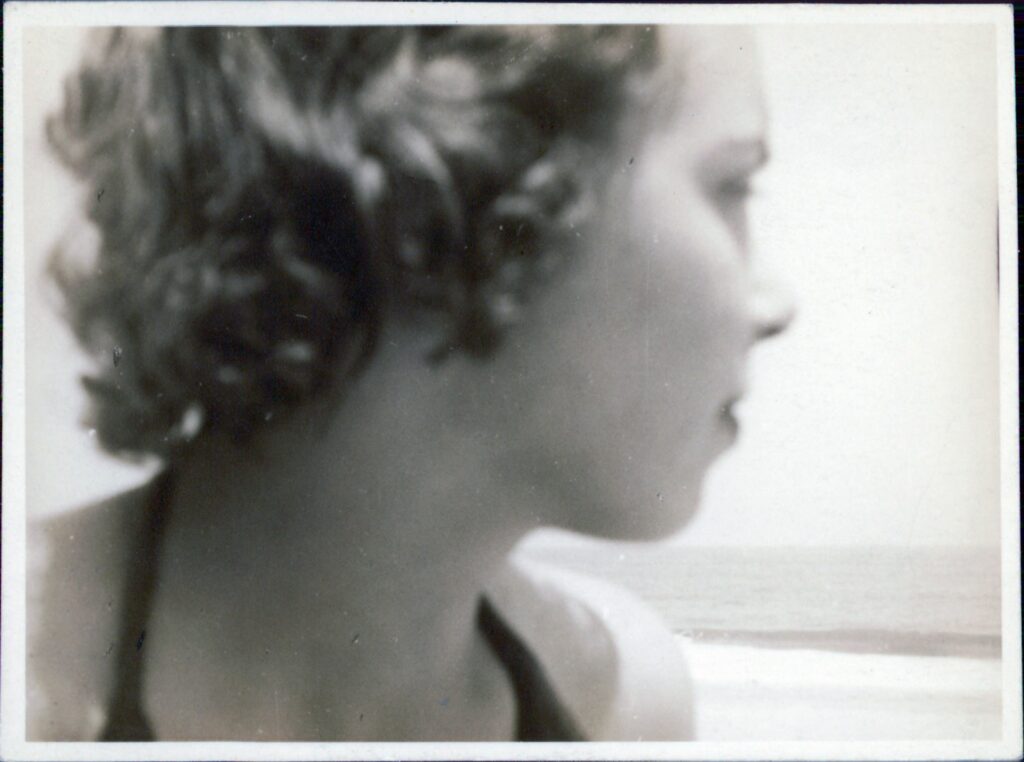
Edna, whose father had worked for Seaboard, had been born in Charlotte, North Carolina and had grown up in Savannah, Jacksonville and Norfolk, where she had made her debut. Her parents, brothers Ned and Ike and Edna made up a close and attractive family and I was lucky to be accepted as one of them.
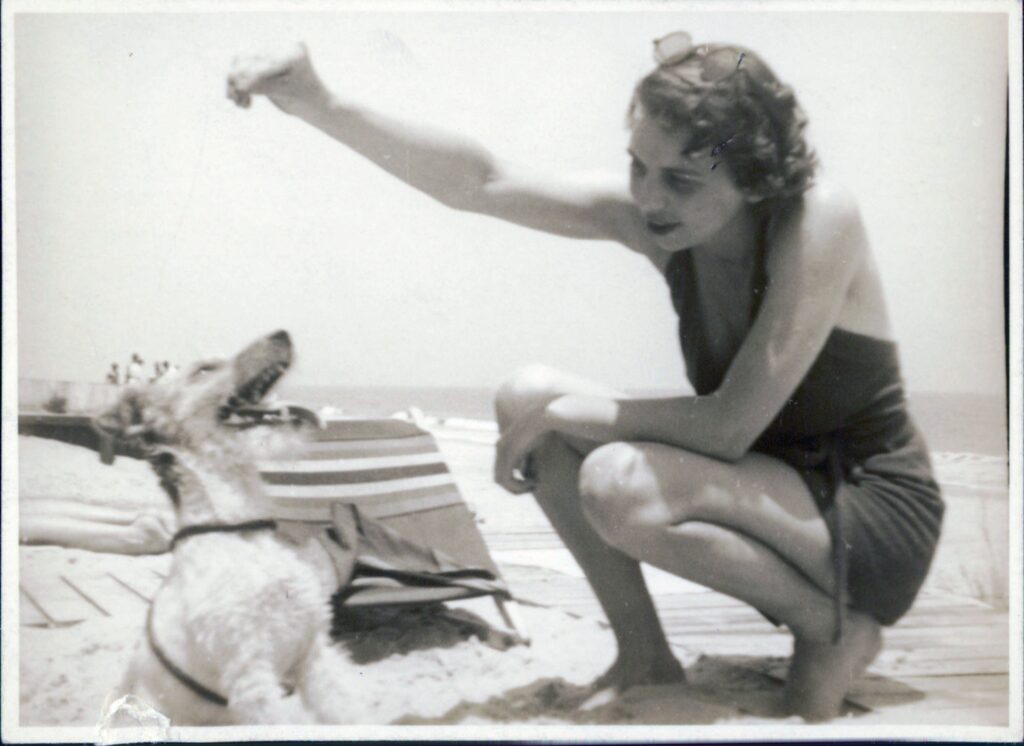
I was living as a bachelor with my cousin, Lt. Thomas Ashcraft (later a retied Captain USN), at the Norfolk Yacht and Country Club for a year, but had not met Edna as she was working in New York at the time. On the fourth of July weekend in 1938, Edna and I met on a blind date and that was that!
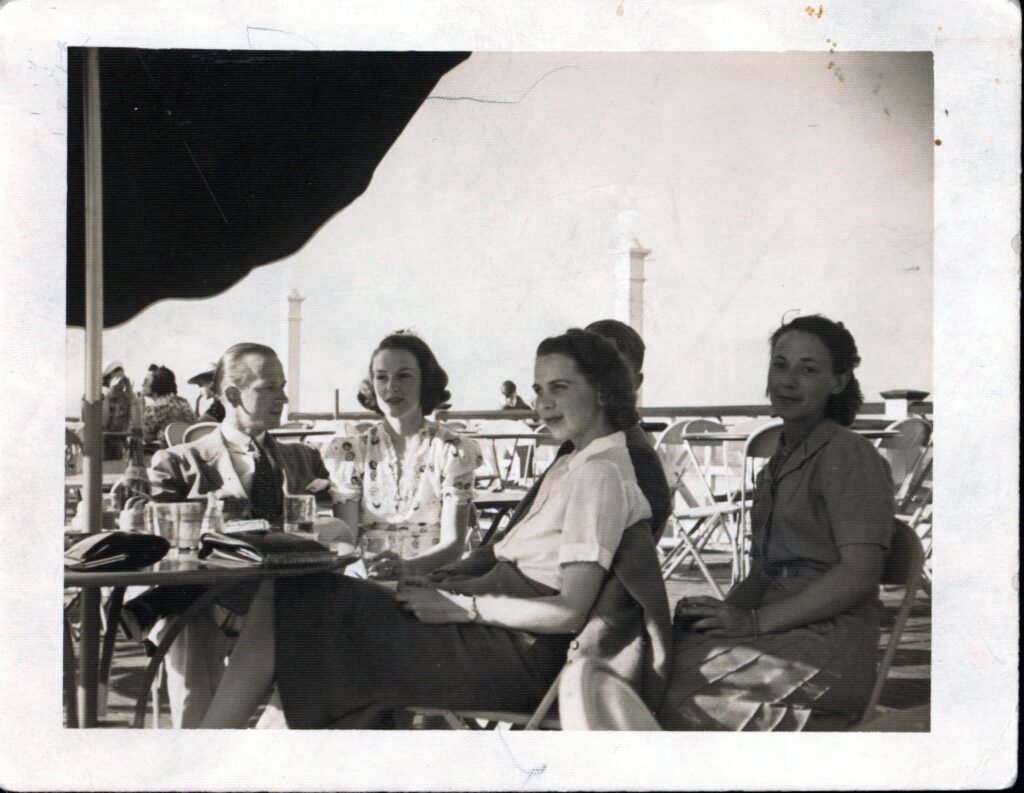
We were married four months later at the Little Church Around the Corner in New York on November 1, 1938 in the presence of her parents, her brother Ike and Aunt Edna Wallace – with whom Edna had been visiting while making up her mind to marry me. Also present was my cousin and best man Gus Ashcraft and his wife, plus some two dozen friends from the South living or visiting in New York. Edna and I joked that the plan was for me to come up to New York for the weekend and take her to a football game; but when I called to firm up the date, she said, “I’ve got a better idea, let’s get married instead.” I had previously asked her to marry me without any obvious luck and in this call she both accepted me and set the date at the same time. So at age thirty-three, I had the very good fortune to find a lovely bride in Norfolk, Virginia.
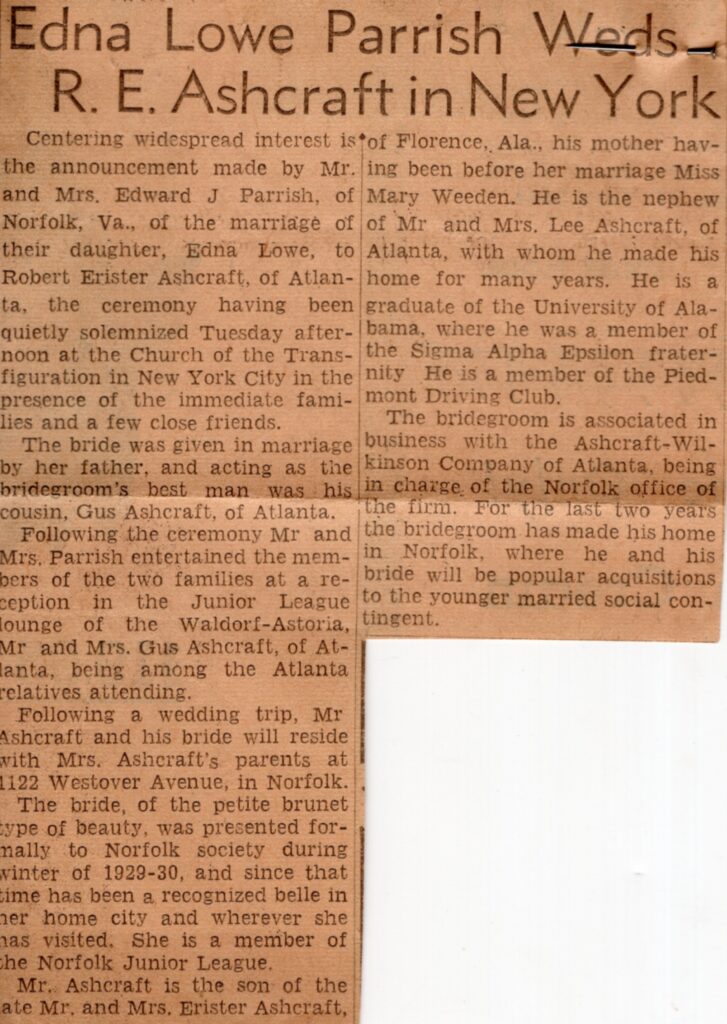
We experienced a few days delay in getting married because of unforeseen technicalities in New York, but the time was happily spent being wined and dined by cousins Tommy and Gus.
This delay also gave me time to arrange for all of us who were staying at the Belmont Plaza to move across the street to the Waldorf. I found the rates were sharply discounted on the thirteenth floor and as this was no problem to us, we moved into a Waldorf suite immediately after the reception which was held in the Junior League Parlor.
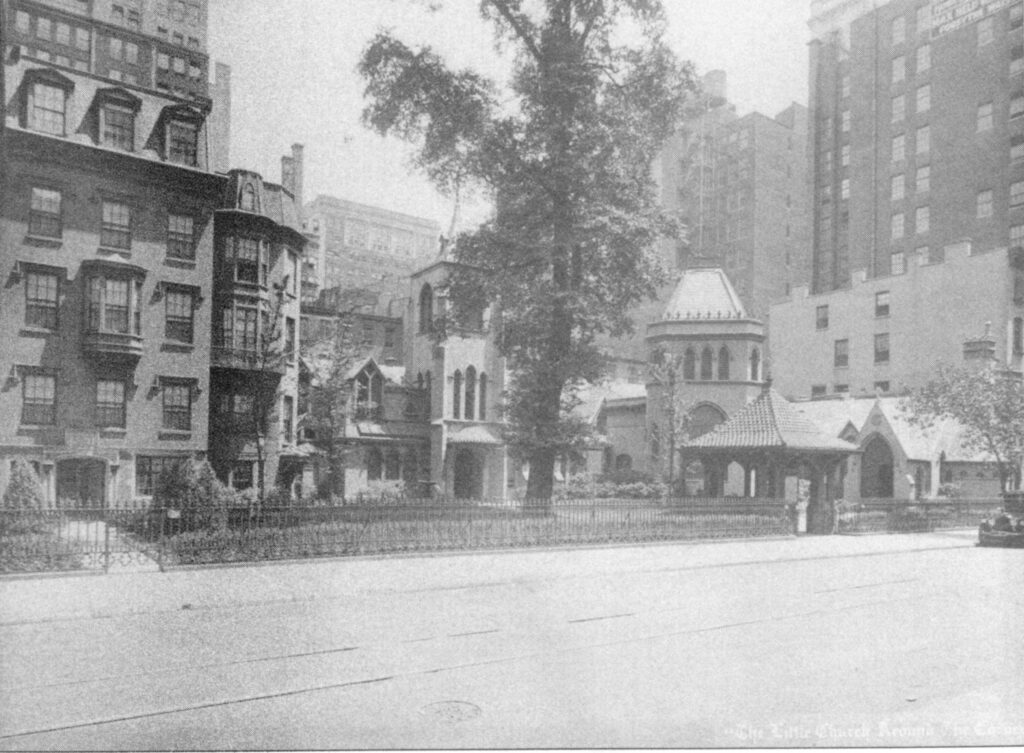
My finances being limited, we motored home to Norfolk the following Saturday. Home was where Edna’s family lived. I had been in the house a number of times, but never before on the second floor. My first flight up was a somewhat nervous experience.
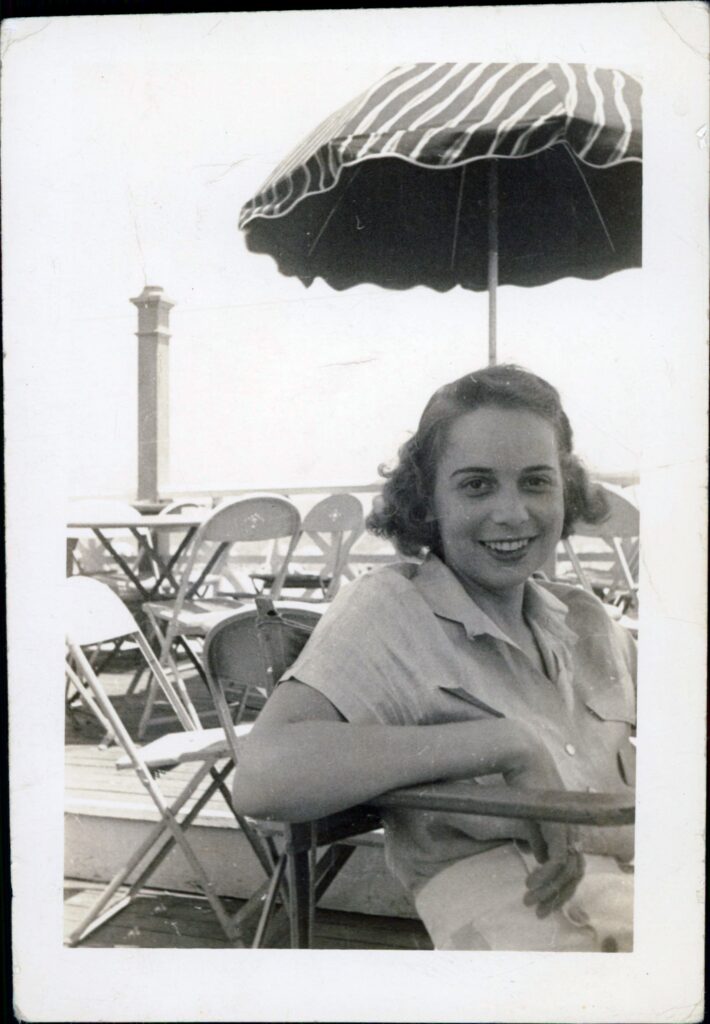
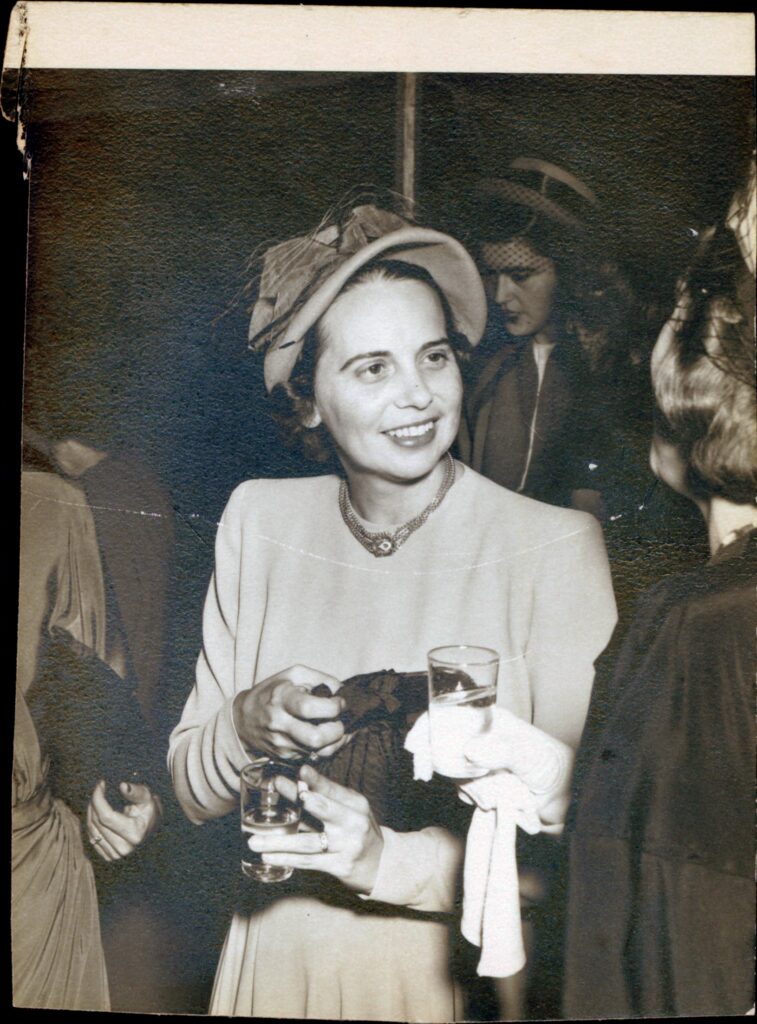
We soon moved from 1122 Westover Avenue a block away to the McAlister Apartments, third flight up, no elevator, and finally to the main floor by Eleanor’s arrival. We had gotten married after a recent salary raise to $250.00 per month. We would have managed better financially if I had not been obligated for $50.00 monthly payments on my car and for an engagement ring I had bought after the wedding. The company allowed us mileage of $.07 on business trips, so by necessity I had to travel more than usual for awhile.
1943-1955 Dramatic Years
In February of 1943 on the seventeenth day, our lovely daughter Eleanor was born in Norfolk General Hospital – five years after our marriage. She was a beautiful baby and has gotten prettier each year since. An only child of oldish parents, she may have been given unusual attention at times, however, her development of young womanhood has followed such an exemplary path that we sometimes say that we wonder where we got her. Truly she has been and is the perfect daughter.
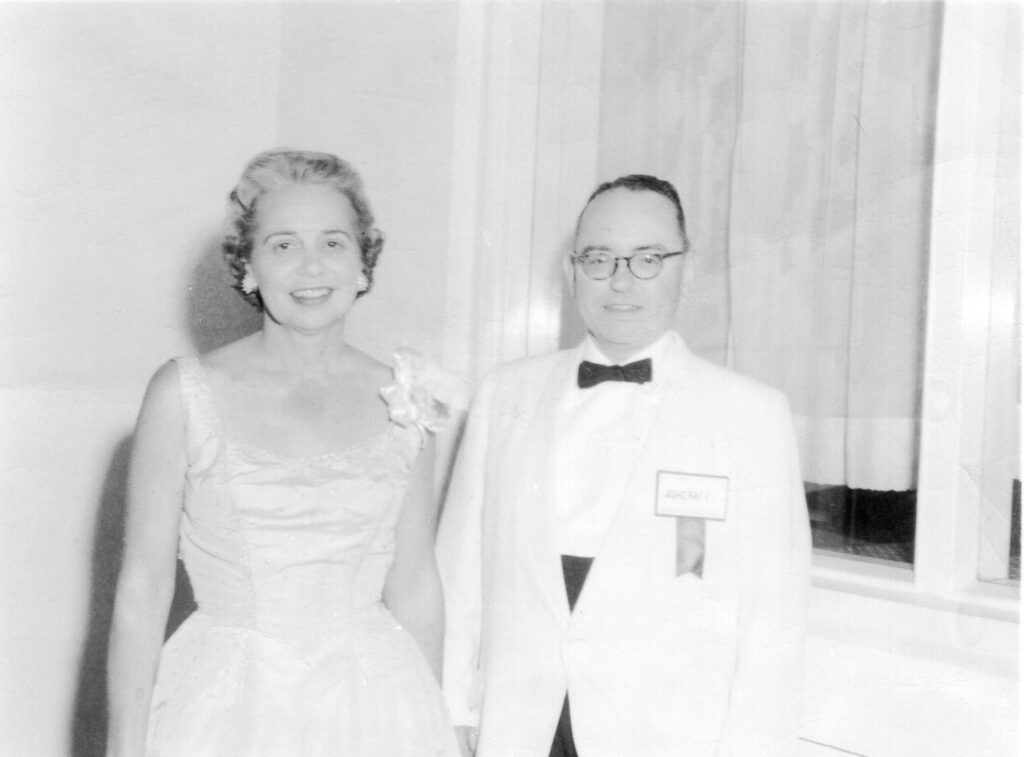
Also in 1943 – Edna’s father, who was ill following a stroke, passed away and we moved back to 1122 Westover Avenue temporarily with her mother. She was alone as her son, Ned Jr., was a prisoner of the Japanese in Manila and her son, Ike, was in the Navy on the high seas as a lieutenant and was going “to rescue my brother”. When we moved I was ill, but went ahead with a trip to Pennsylvania that I had planned, ending up in Philadelphia at Jefferson Hospital with perotinitis. I finally got home on the equivalent of a stretcher after a serious bout with death. After my recovery my traveling resumed in earnest, as I now had Pennsylvania, New Jersey, Maine, Maryland, and parts of New York added to my territory of Virginia and North Carolina. We had become agents for the Canadian Government for their surplus nitrogen and the potash was to move through the Norfolk office territory that now ran from North Carolina to Maine.
In the late forties we built a modest year round house at Virginia Beach, the land side of Seventy-seventh Street which was at the north end of the beach. This was done at the time primarily for our daughter – Eleanor – who was recovering from Polio. The doctor thought that walking in the sand would be good therapy for her muscles, however, I also thought of it as our dream house where we would live when I retired.
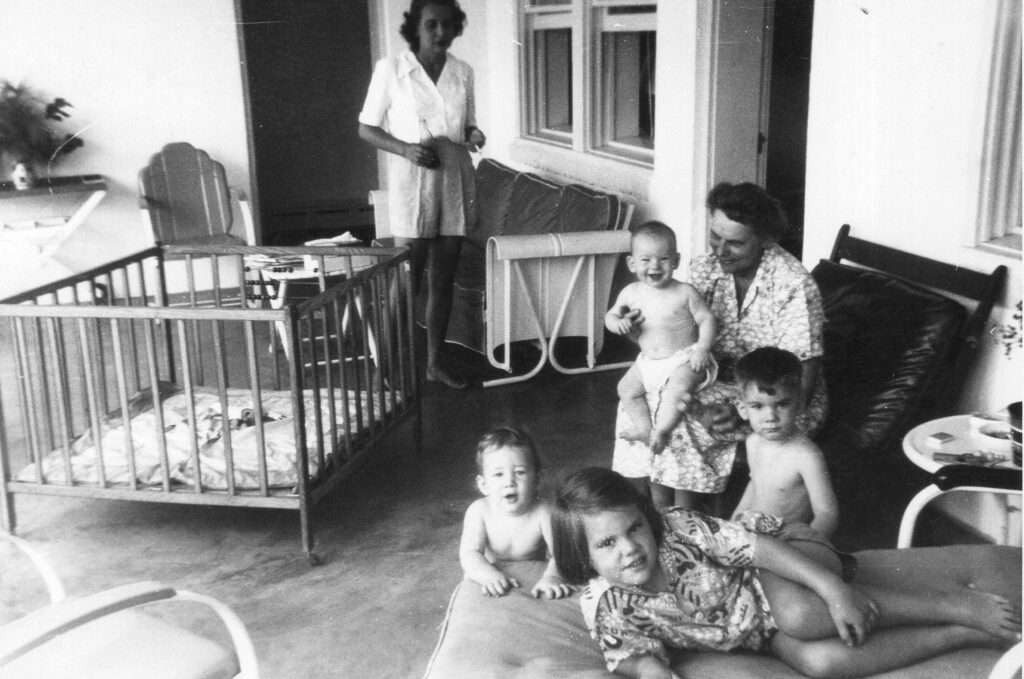
Return To Atlanta:
I did not at that time think I would ever return to Atlanta, having been away about twenty-six years. Life was pleasant, as my work, and I thought I was safe with no bosses closer than six hundred miles and my primary contact being my good friend – Mr. George McCartey. However, my Uncle Lee had passed away in 1952 and there was trouble brewing in Atlanta.
I was always very devoted to my Uncle Lee, as though he were my father, but circumstances had not been quite right for active business contact between us. Suddenly in 1954 my cousin Gus was asked by Mr. McCartey to retire and I was told to come to Atlanta. I tried to stop both changes with no success. I was made President of Ashcraft-Wilkerson Company with Atlanta headquarters and my capable assistant, Ray Yates, was named Vice President in the Norfolk office. Ray was and is a personal friend whom I had hired on his graduation from the University of Alabama.

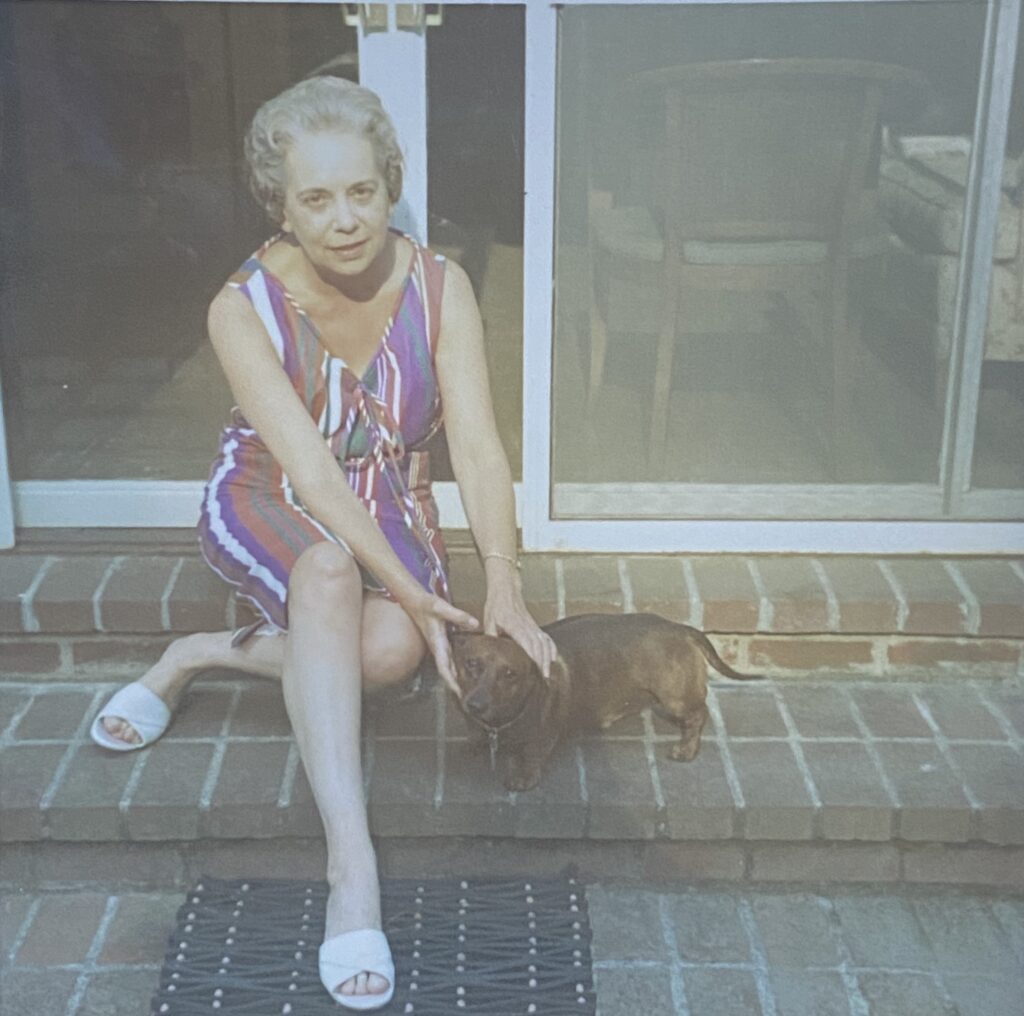
So, I returned to Atlanta in 1955 at age fifty and became Chairman and CEO of Ashcraft-Wilkerson Company. I was President from 1960 until my retirement in June of 1970. I helped build up sales from thirty to about a million during this time.
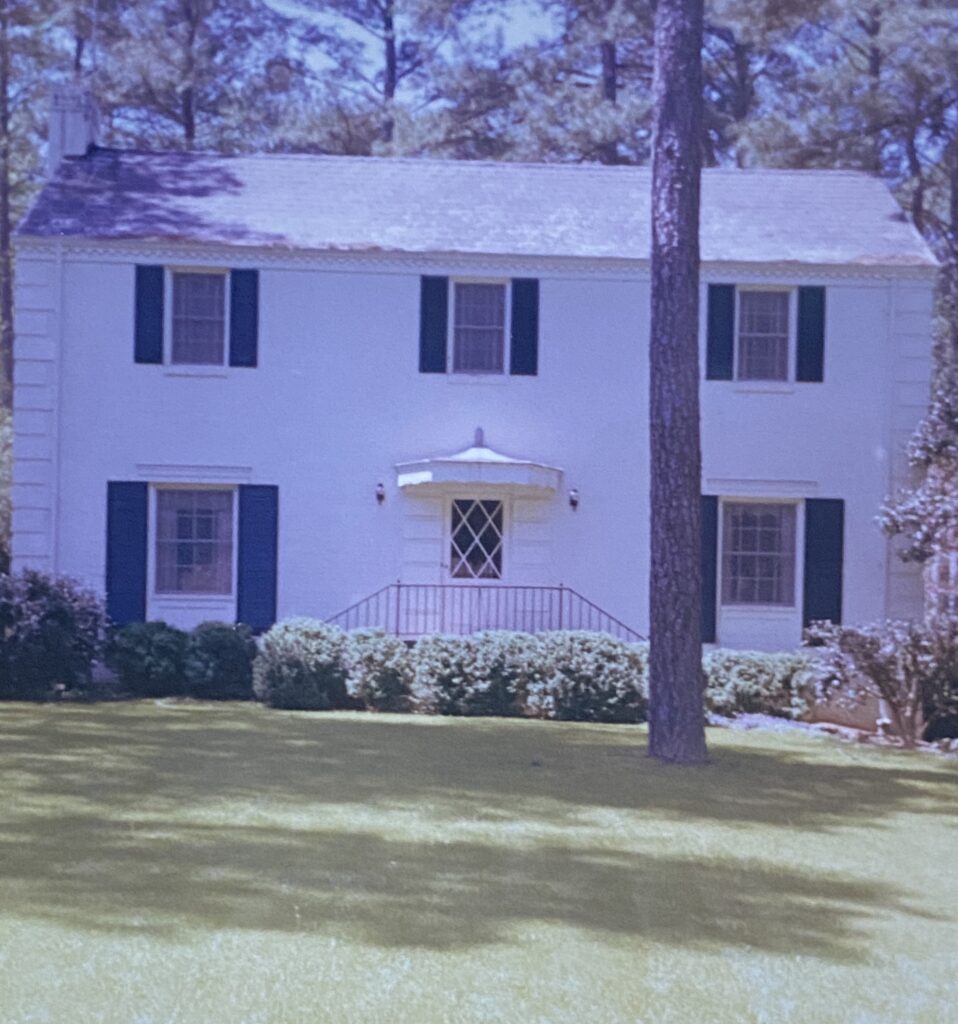

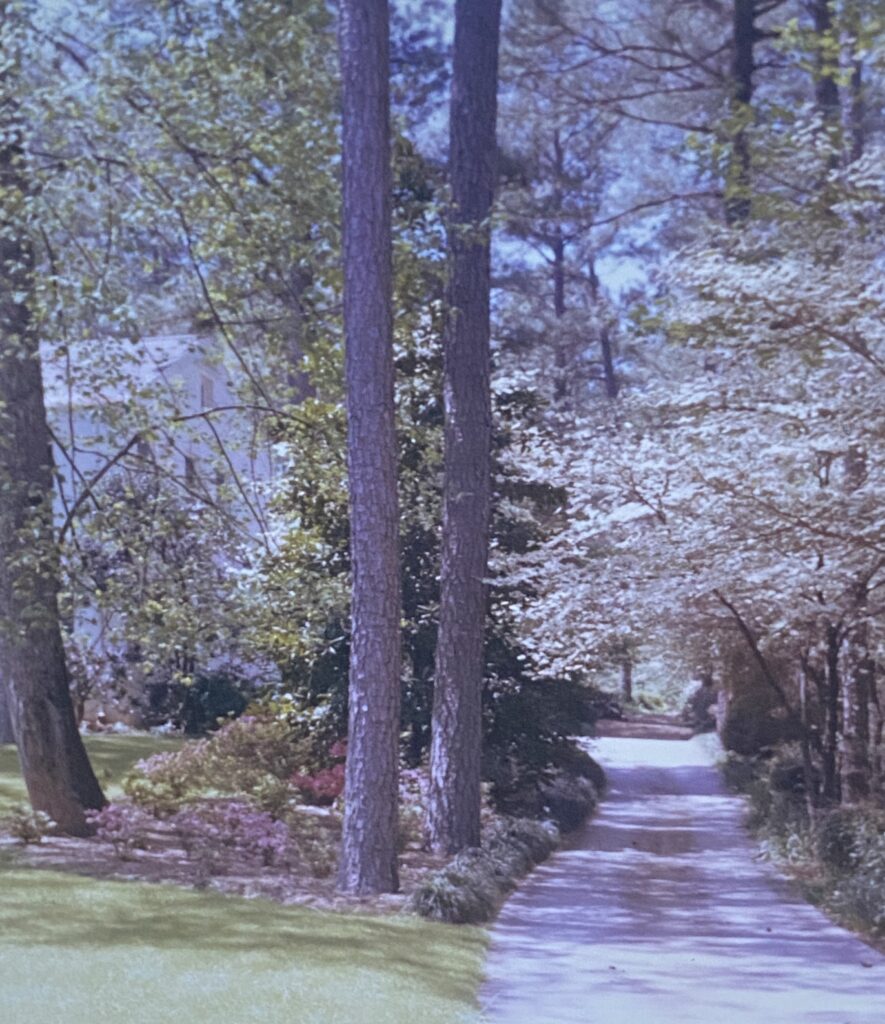
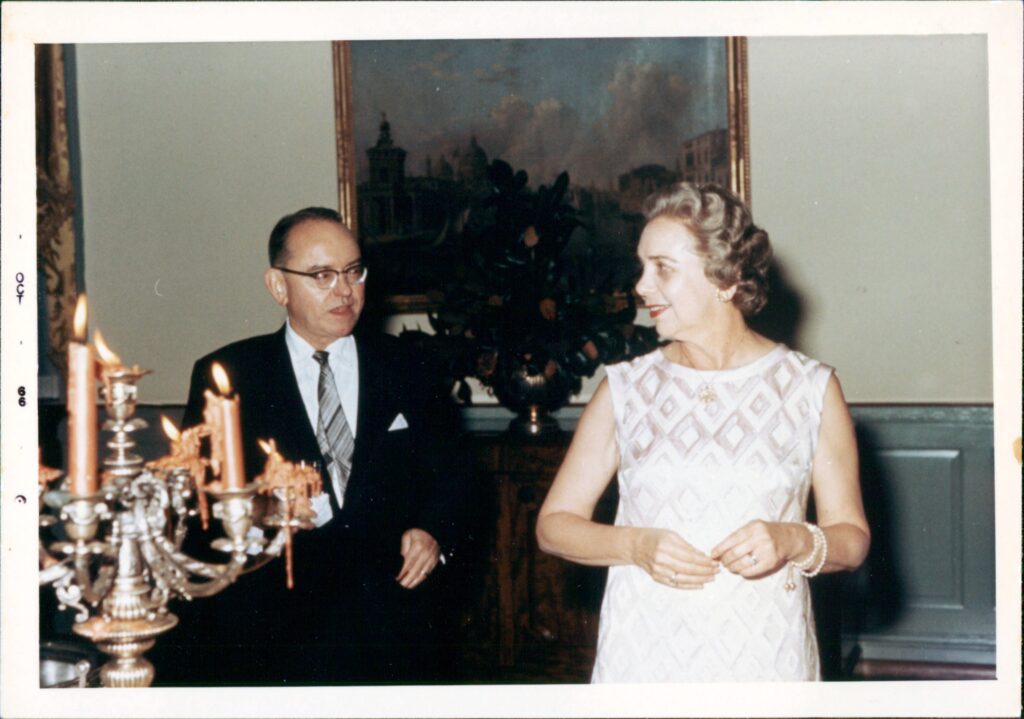
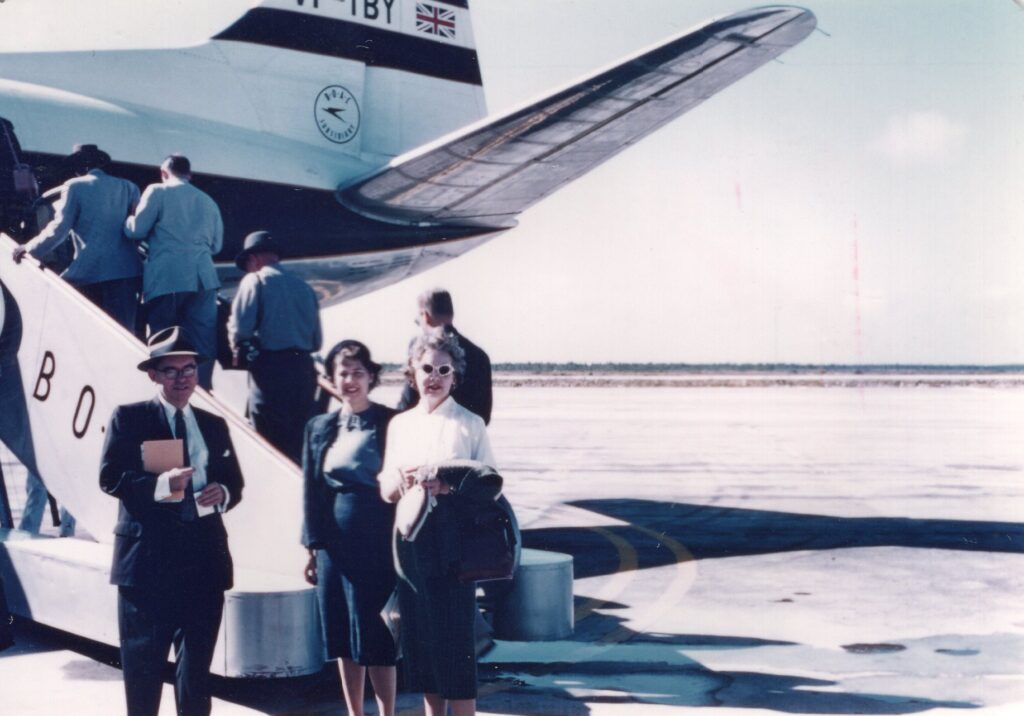
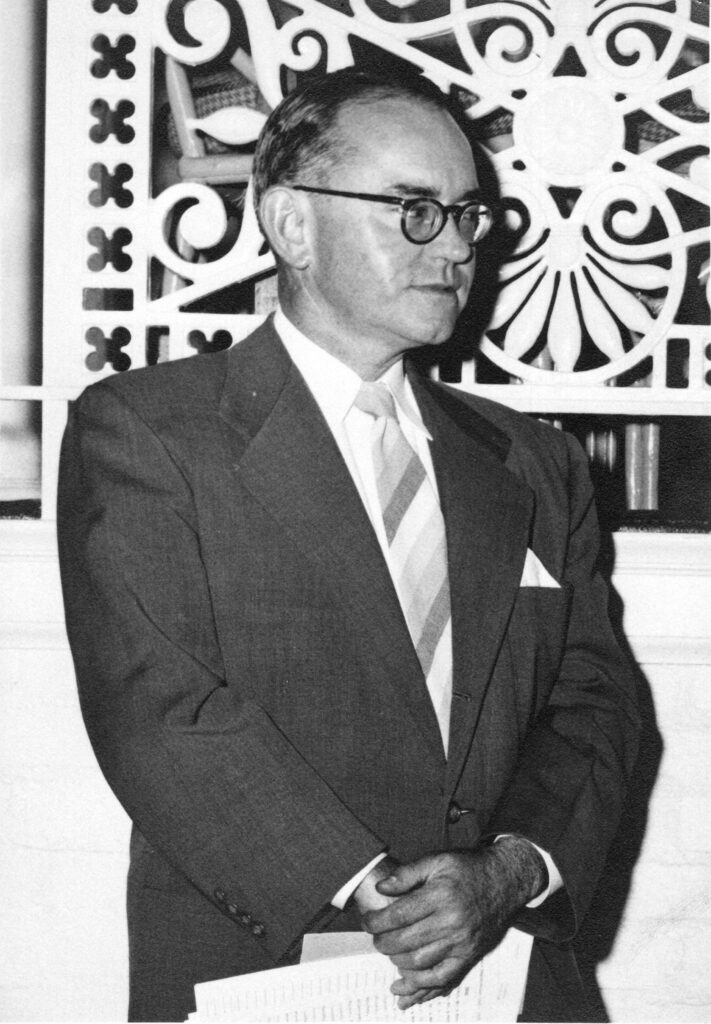
Hard work has taken me and my associates to many areas of the world where Sulphur and potash were purchased – including Japan, Korea, New Zealand, Australia, South Africa, The British Isles and parts of Europe. There were also many domestic trips including thirty-five conventions. We contacted personally most of the world’s buyers of potash and sulphur. Duvall had acquired the stock of Ashcraft-Wilkerson Company and had in turn been acquired by United Gas and then by Pennzoil.
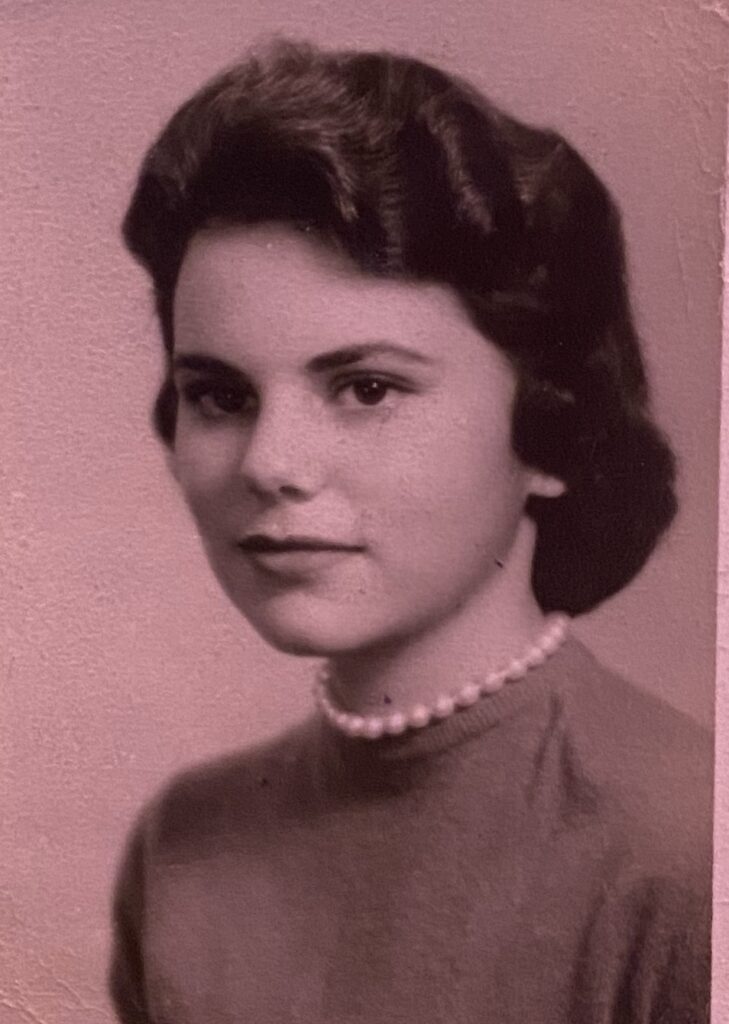
While this had all been a fascinating personal experience for me, it eventually took its toll with a stroke and angina. But if an illness can be a blessing then my stroke and angina qualify. As my mother and grandmother promised, a guardian angel would take over my care in their absence if my prayers would open the door. My friend to be, Jean Maltby, came from the case of Harry Thompson to nurse us through these crippling times and to be my encouraging and delightful friend for many happy years. She is a fine Christina nurse and friend, who has turned a discouraging illness into many happy visits with me and my family for about fourteen years. The greatest help and understanding though has come from my lovely wife, Edna, to whom I owe the most for my happiness and what success I may have had.
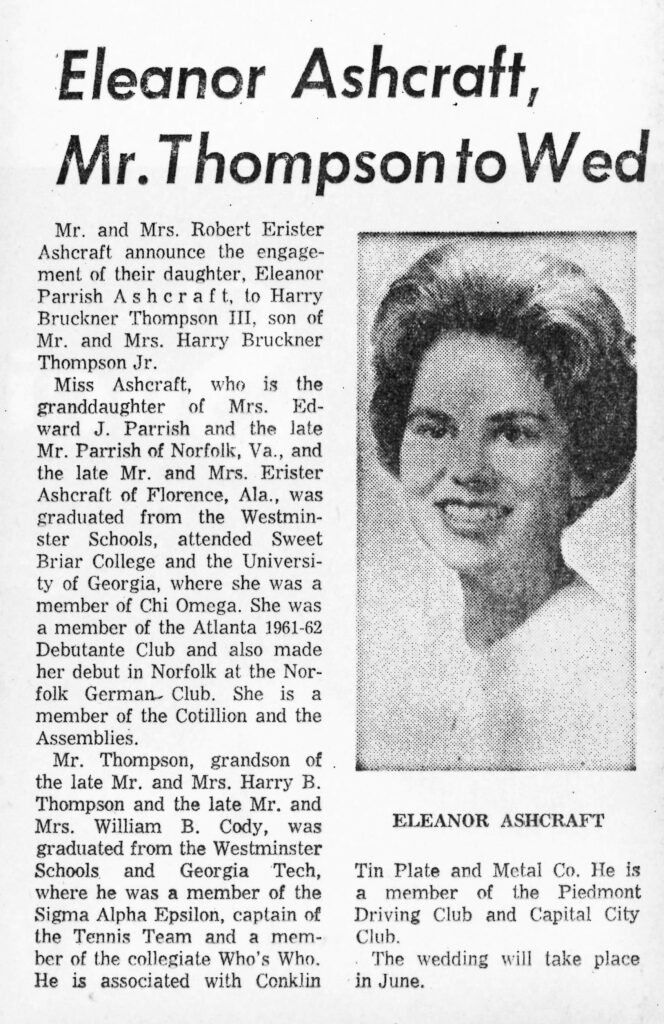
My daughter, Eleanor Ashcraft Thompson, has brought into our family a delightful husband – Harry – and then three grandchildren – Harry B Thompson IV, Martie (Kingree) Parrish, and Robert Ashcraft Thompson – plus a score of attractive relatives by marriage.



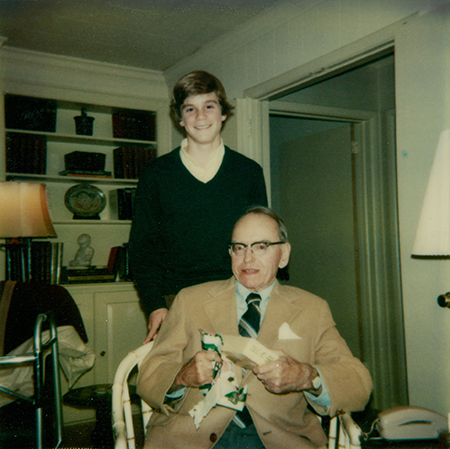
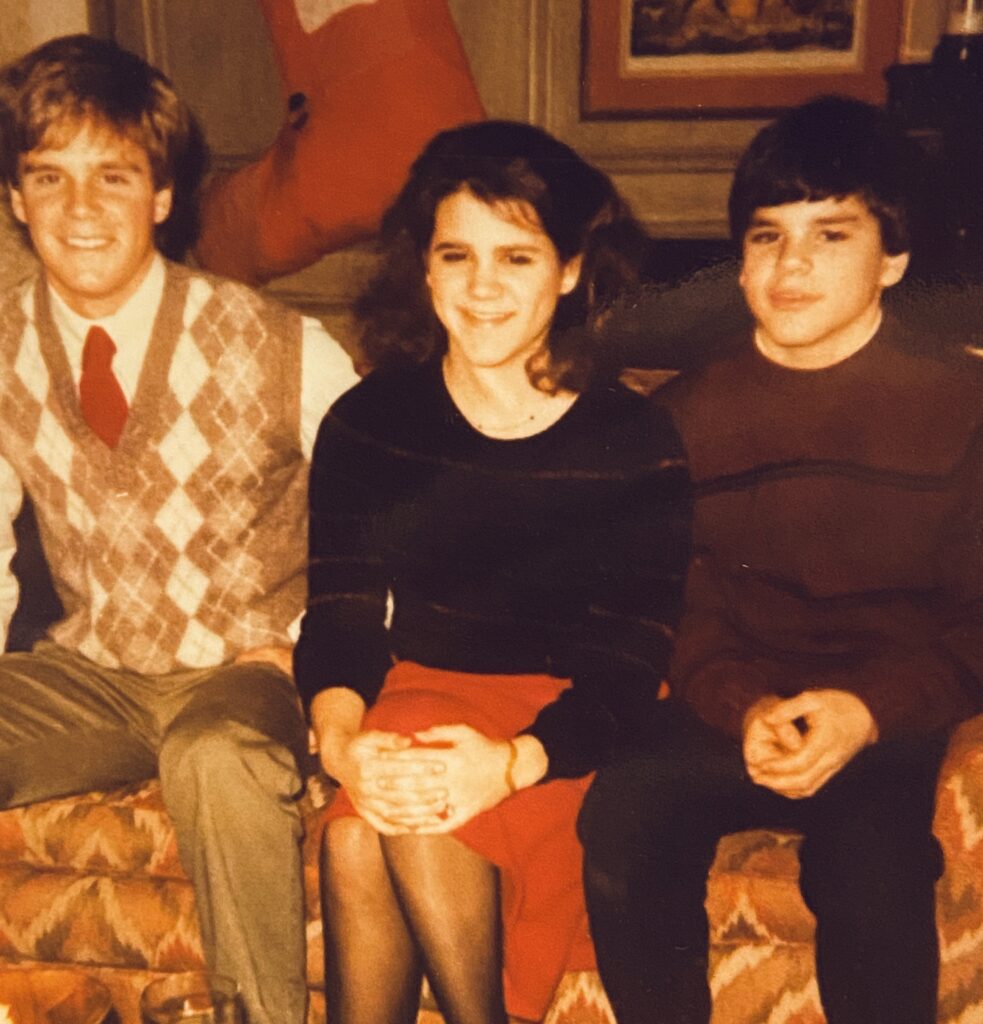
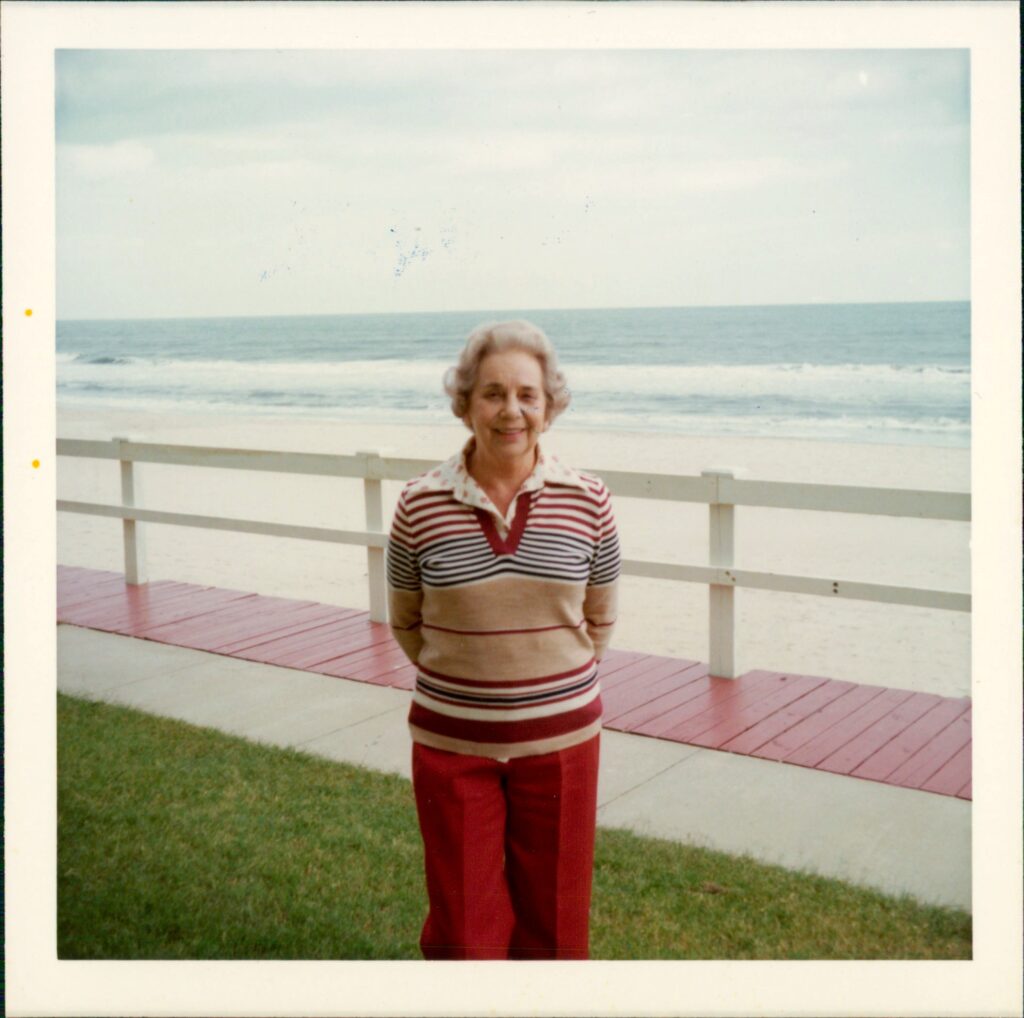
I would make little change in my life on a repeat except to try to avoid the stroke of 1974 and the angina of 1979 and to take more interest in my church, in which I have been a casual participant at best.

With pleasant memories of a beautiful and nostalgic trip to my hometown of Florence, Alabama – an eightieth birthday gift – on which I was accompanied by my daughter Eleanor, grandson Harry and granddaughter Martie, I have many lovely memories to share with my family with whom I am especially pleased. So now at age eighty-two, I can look back on my life as work well done.
